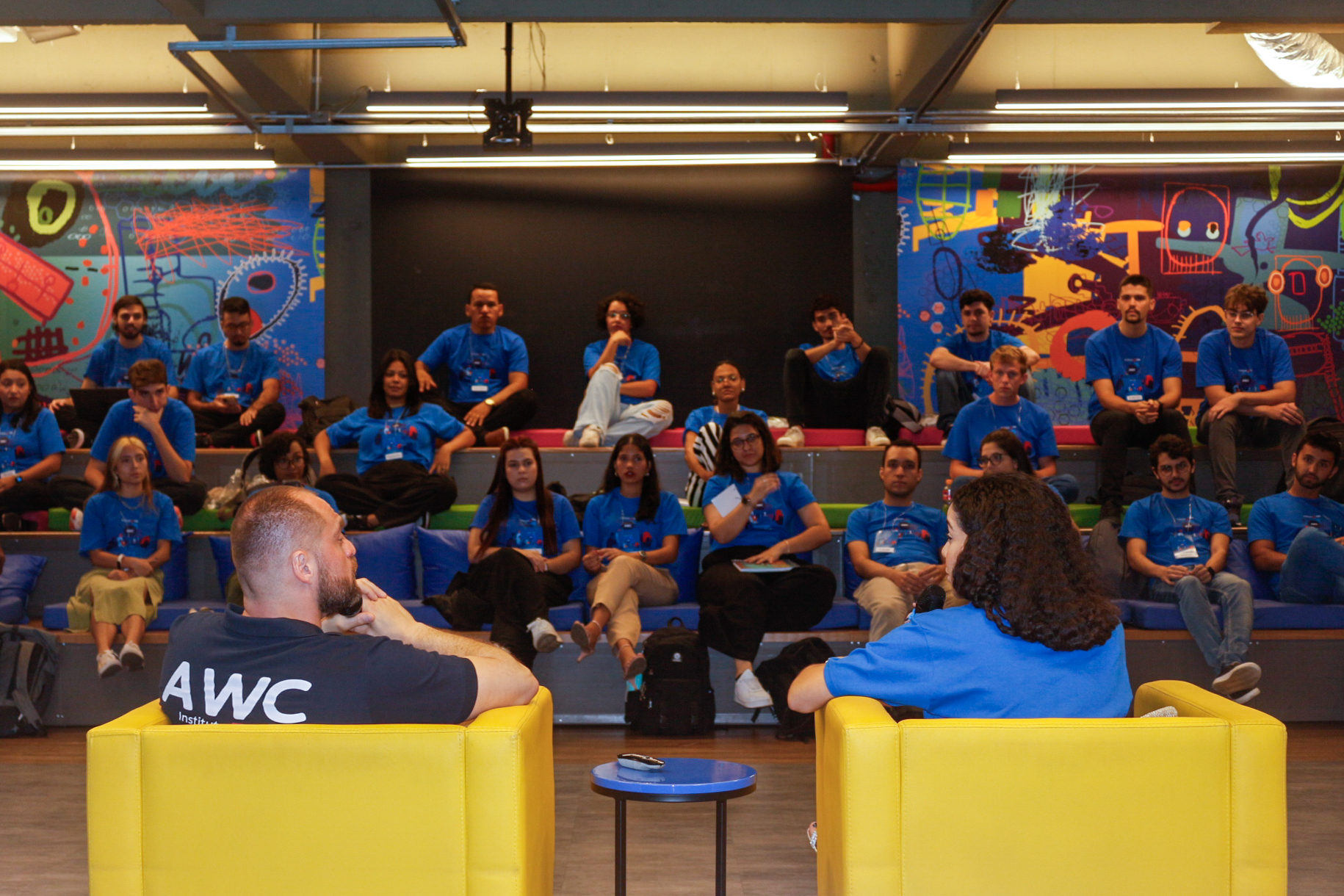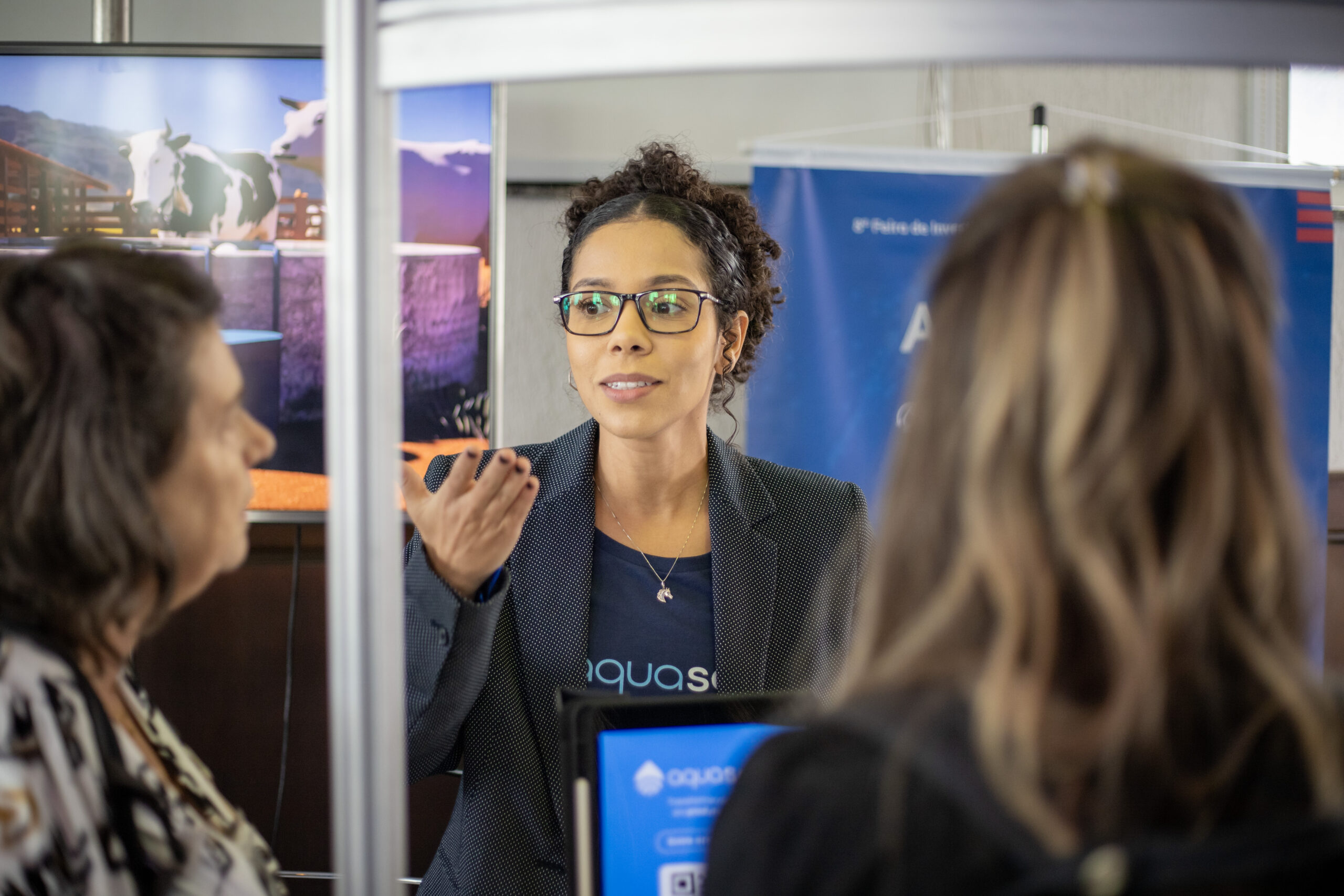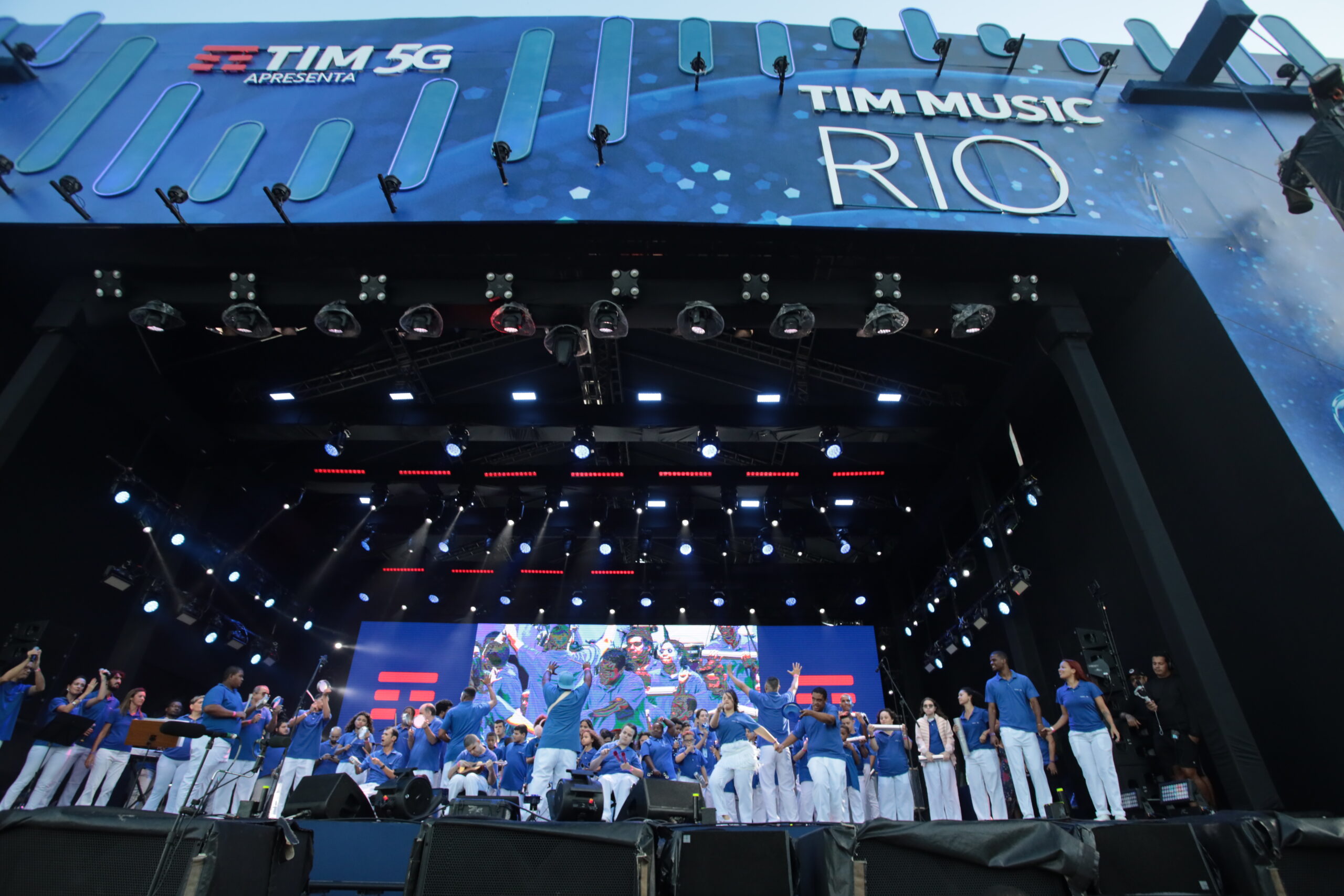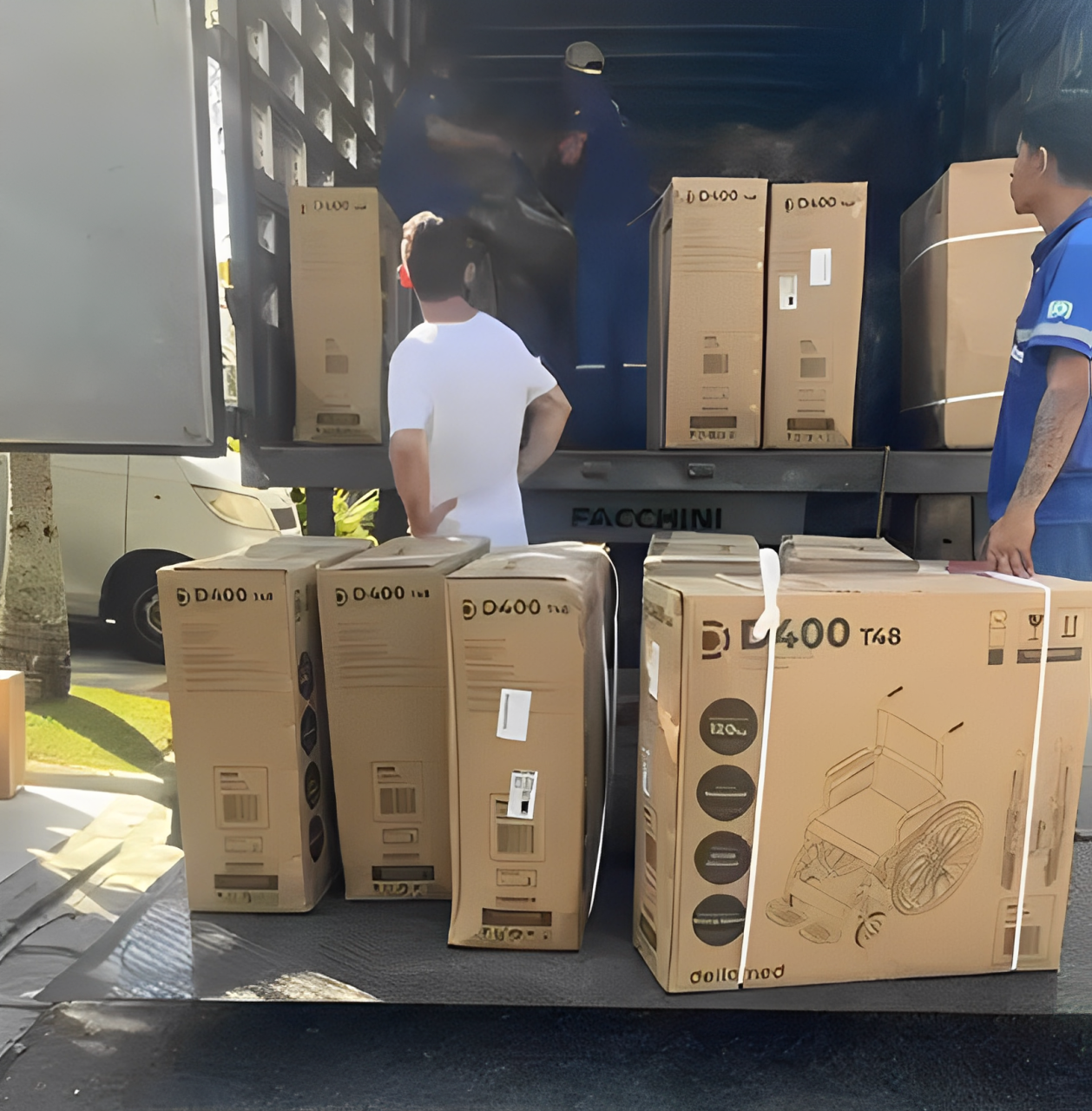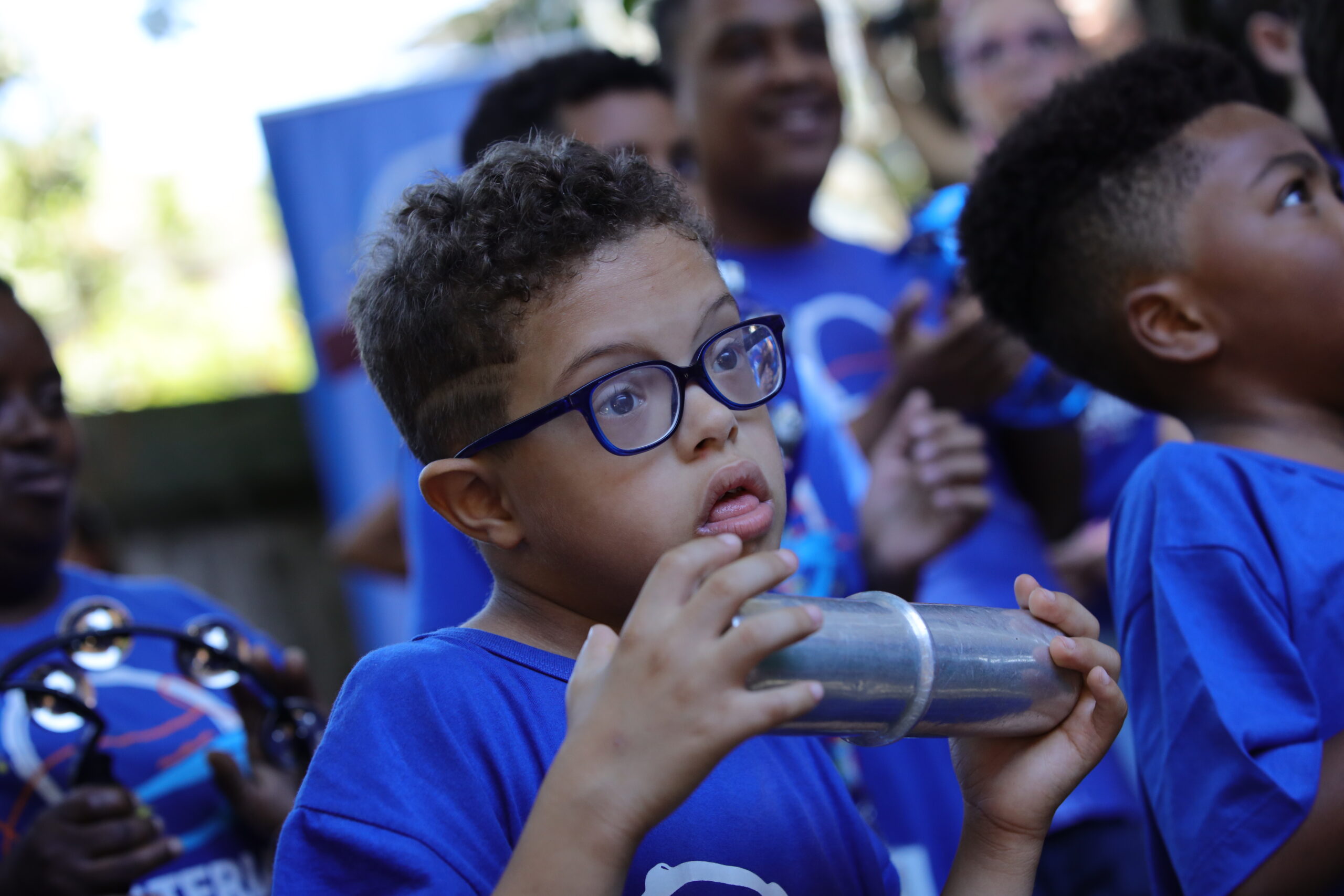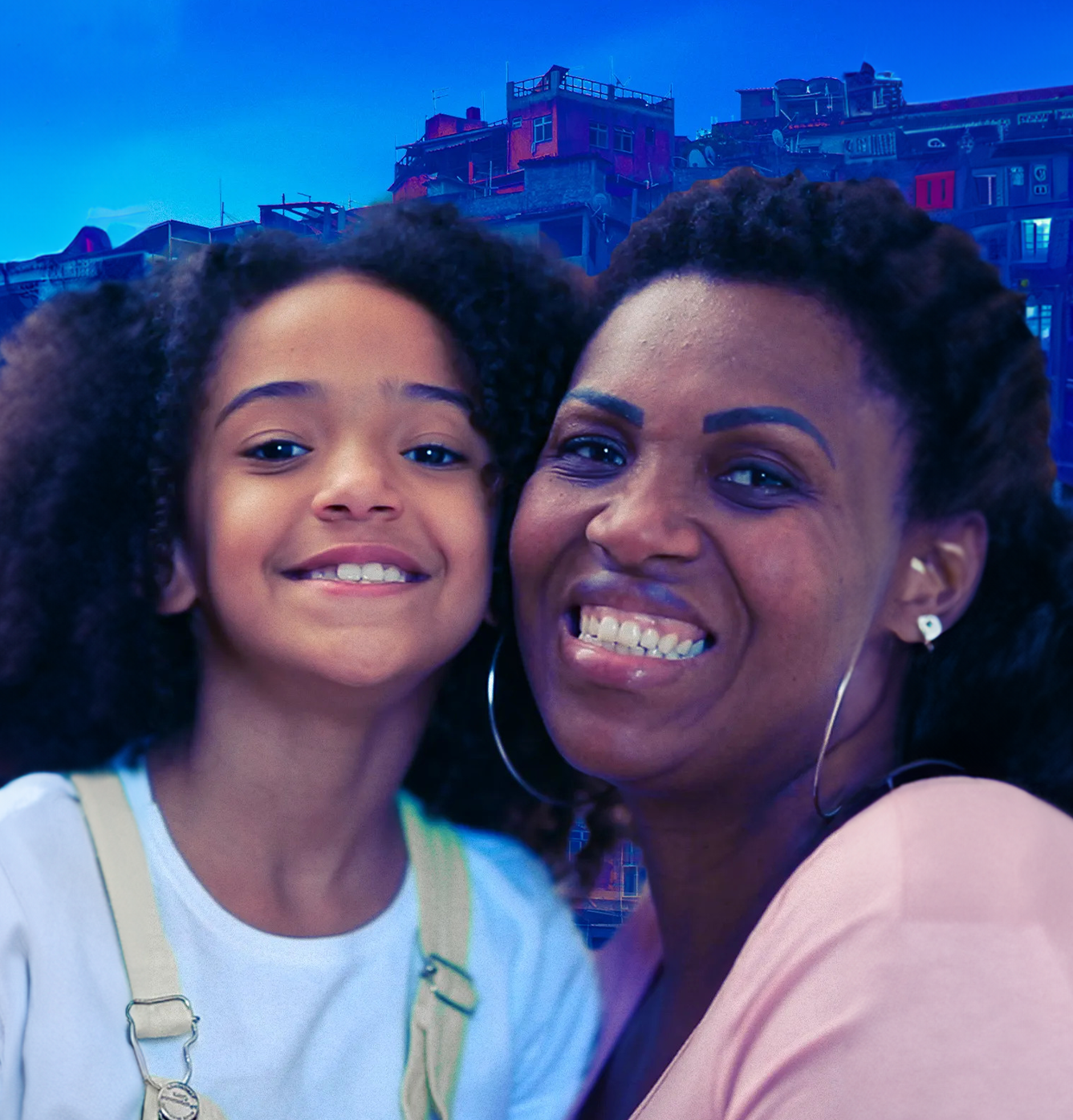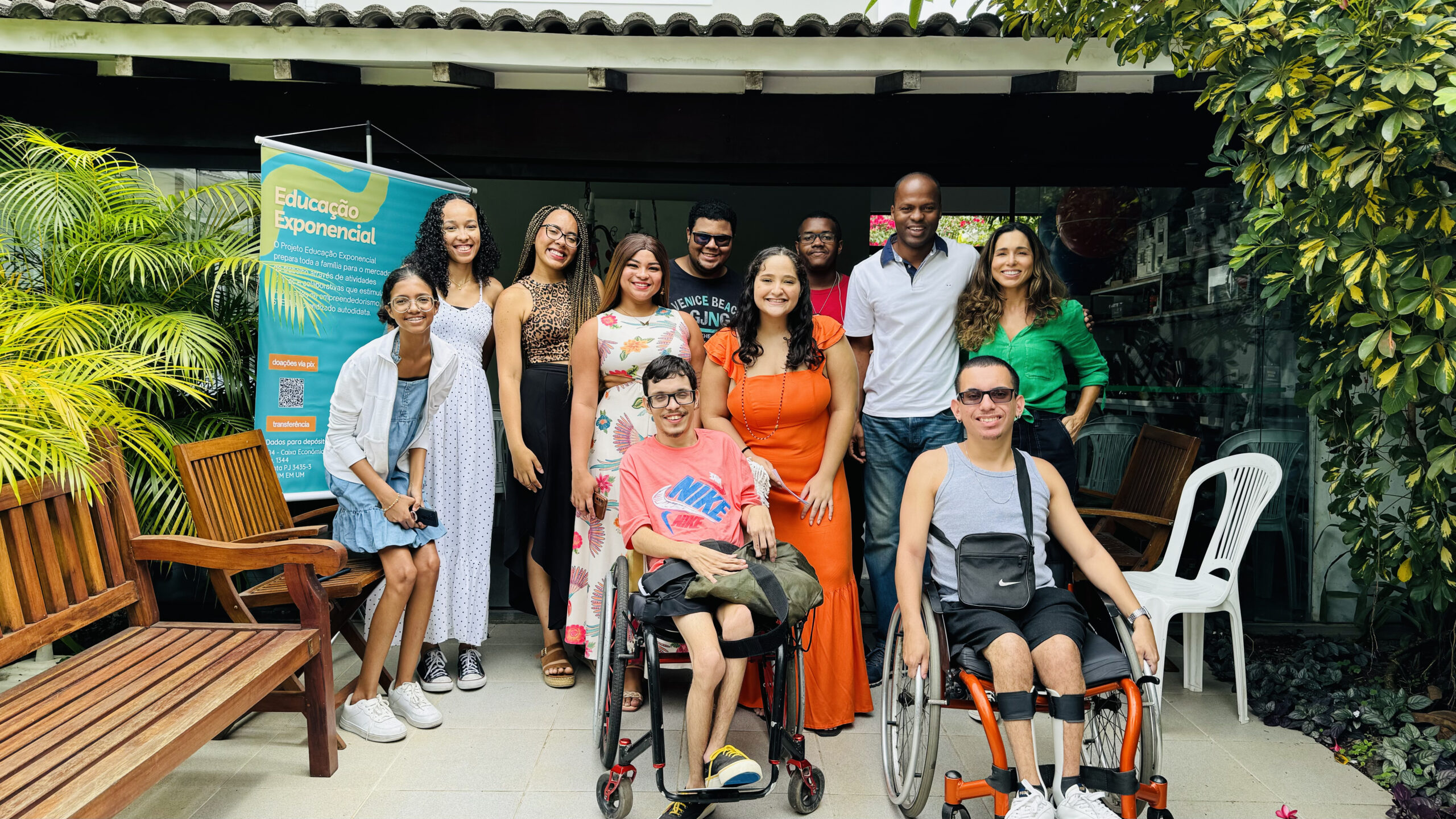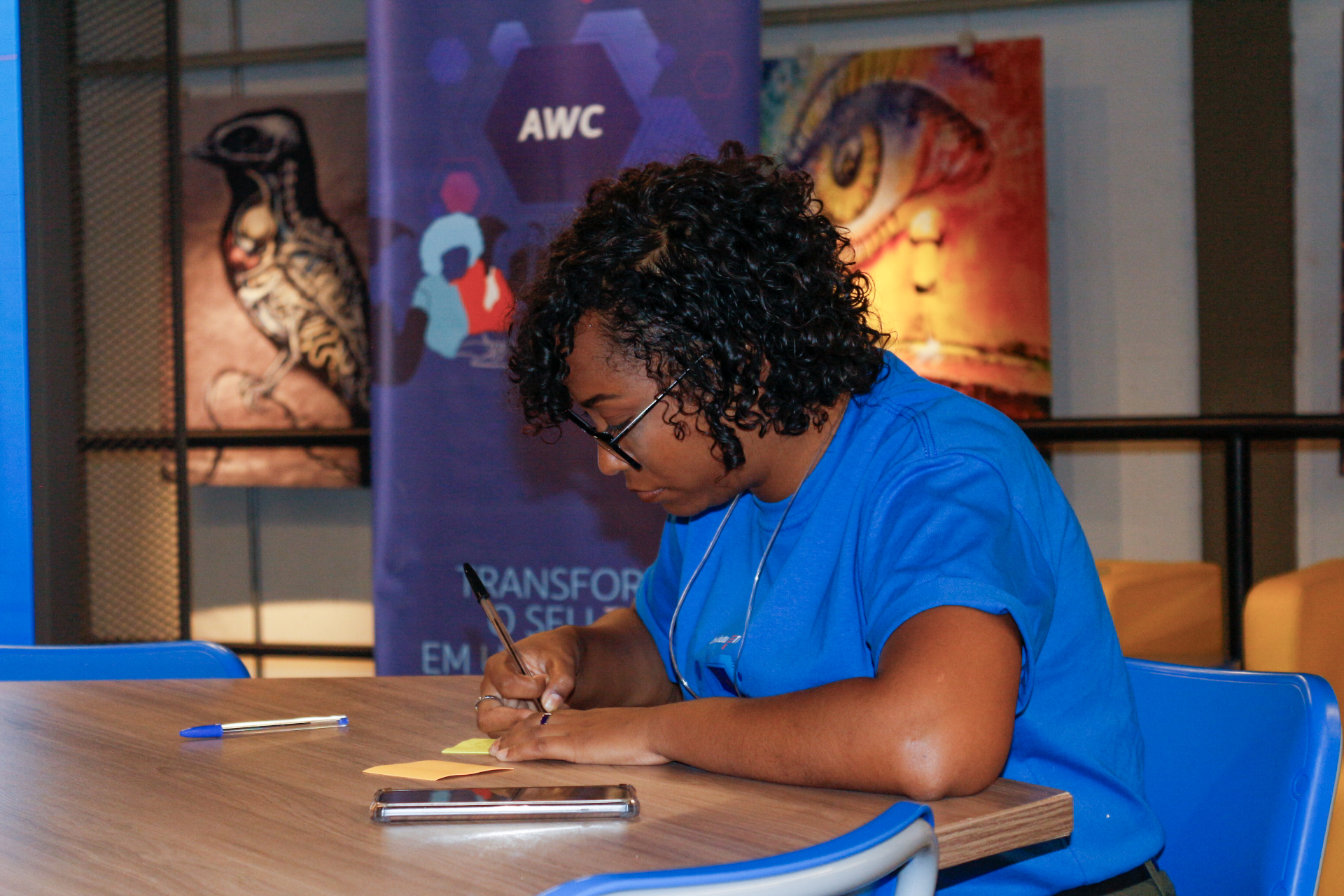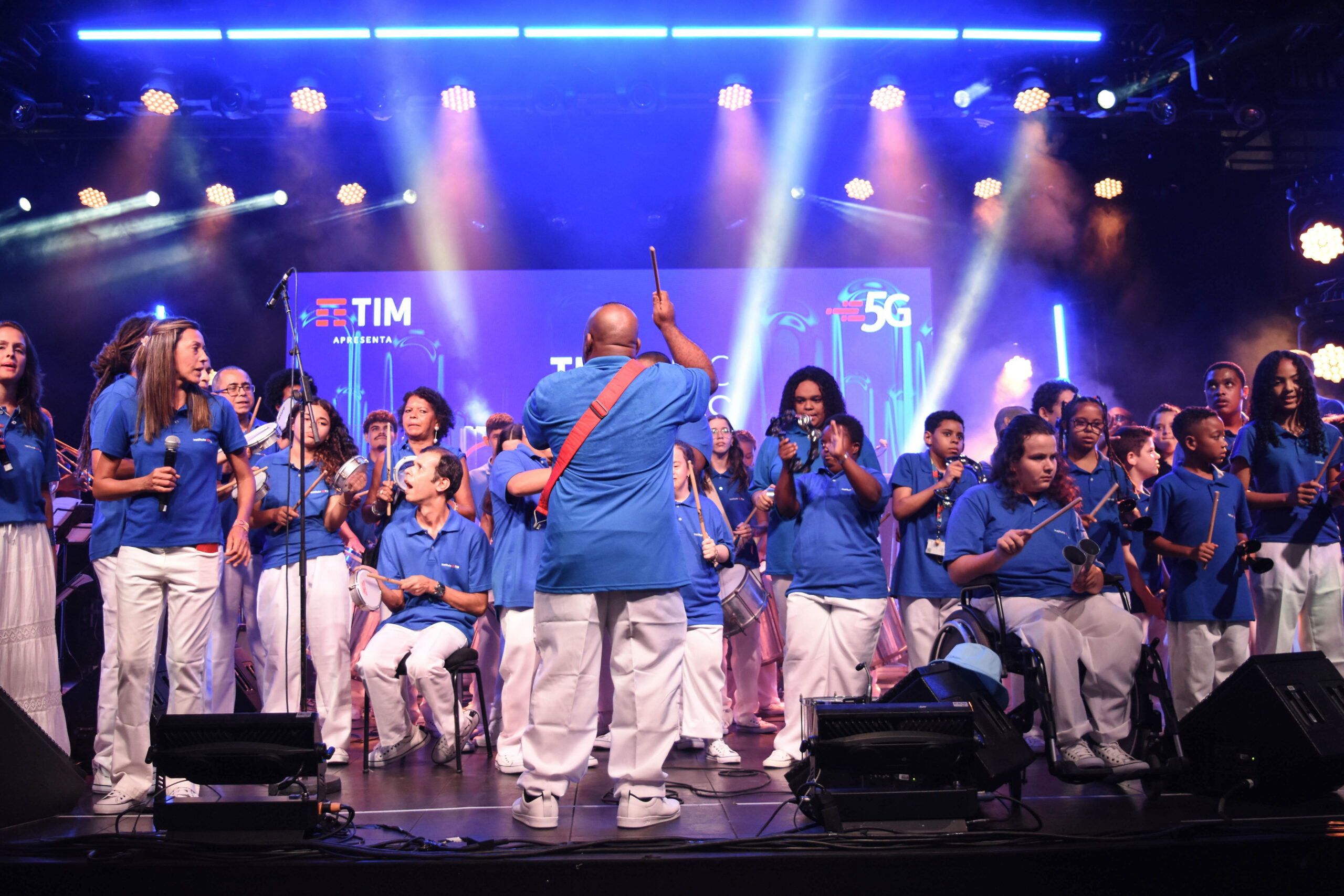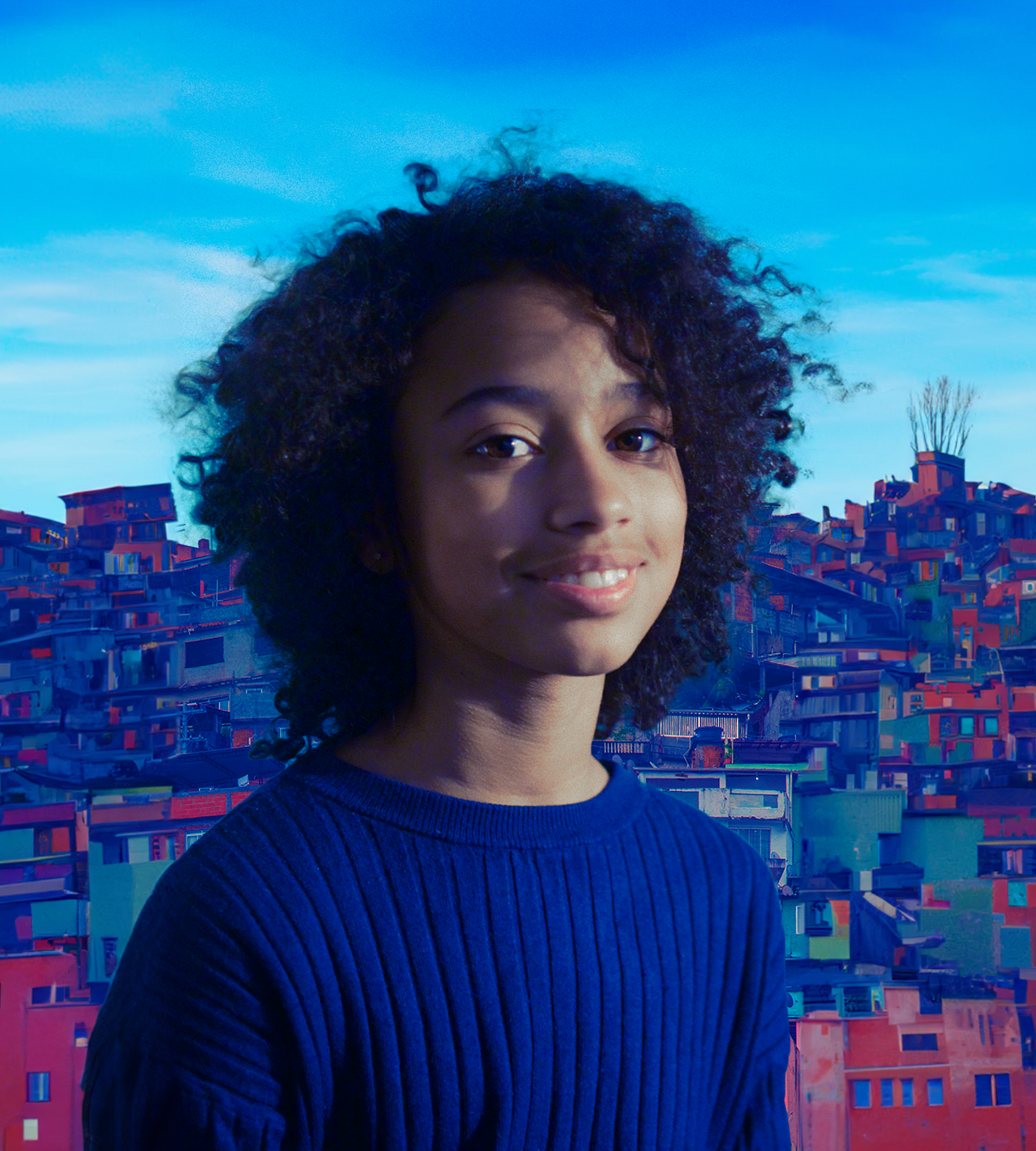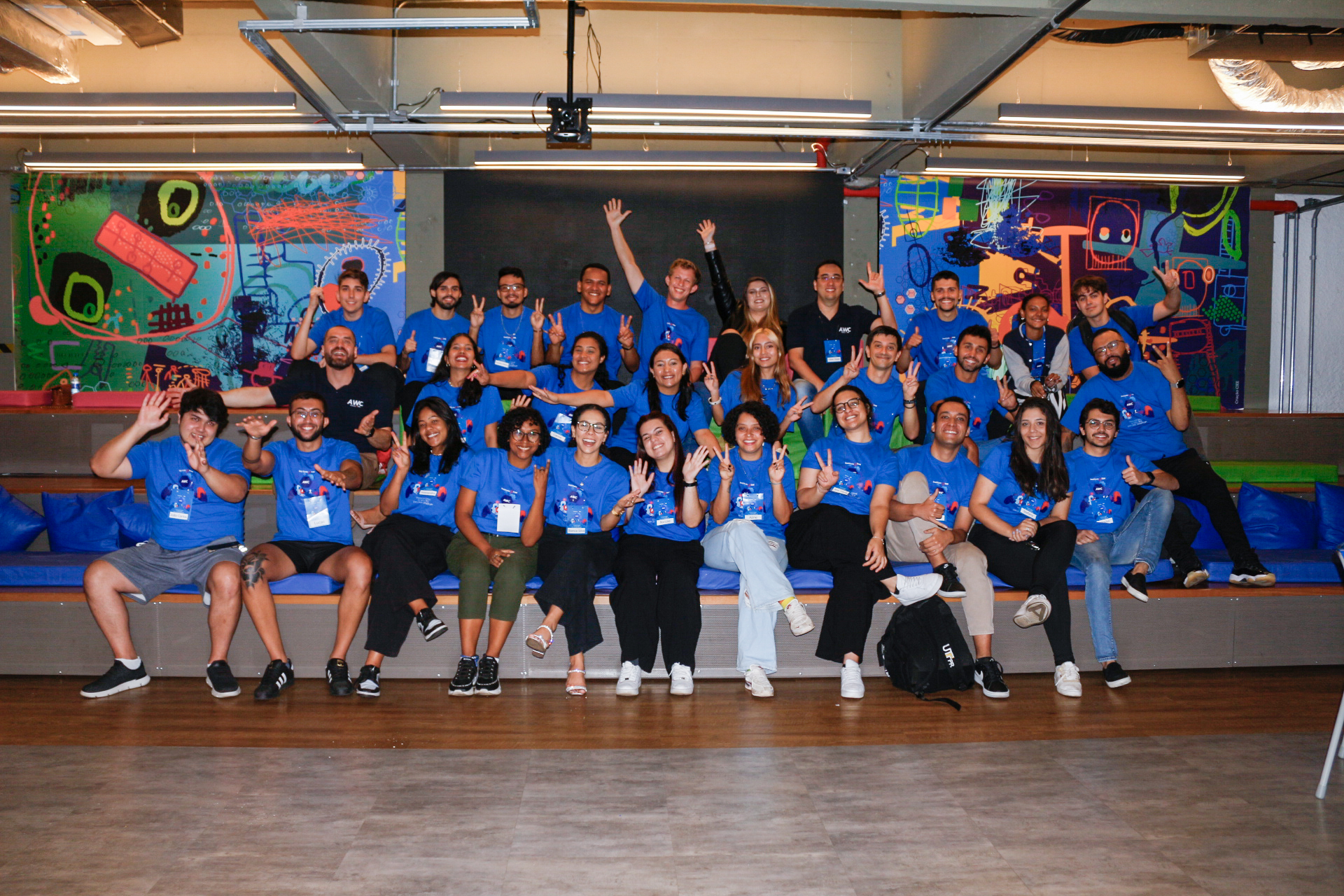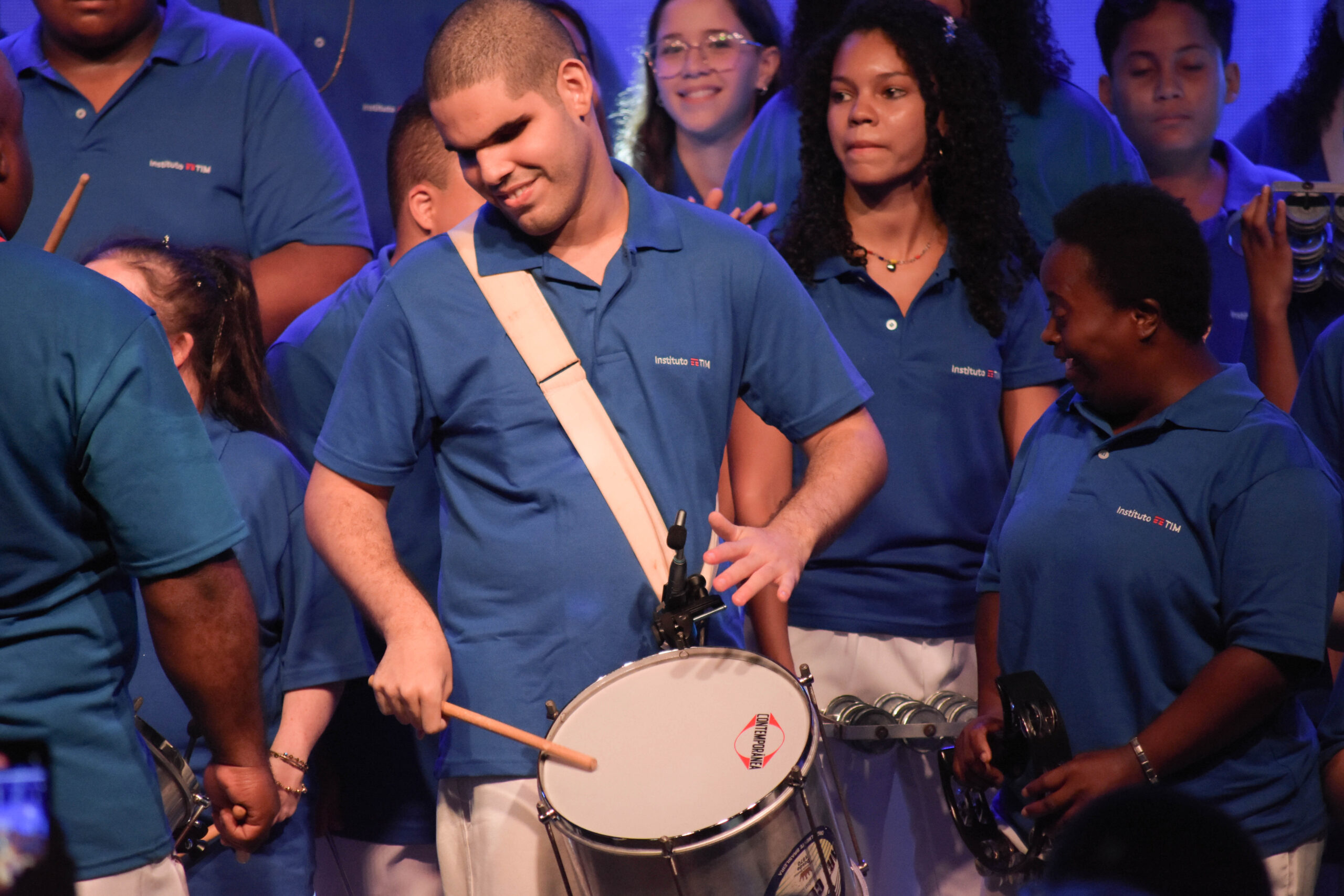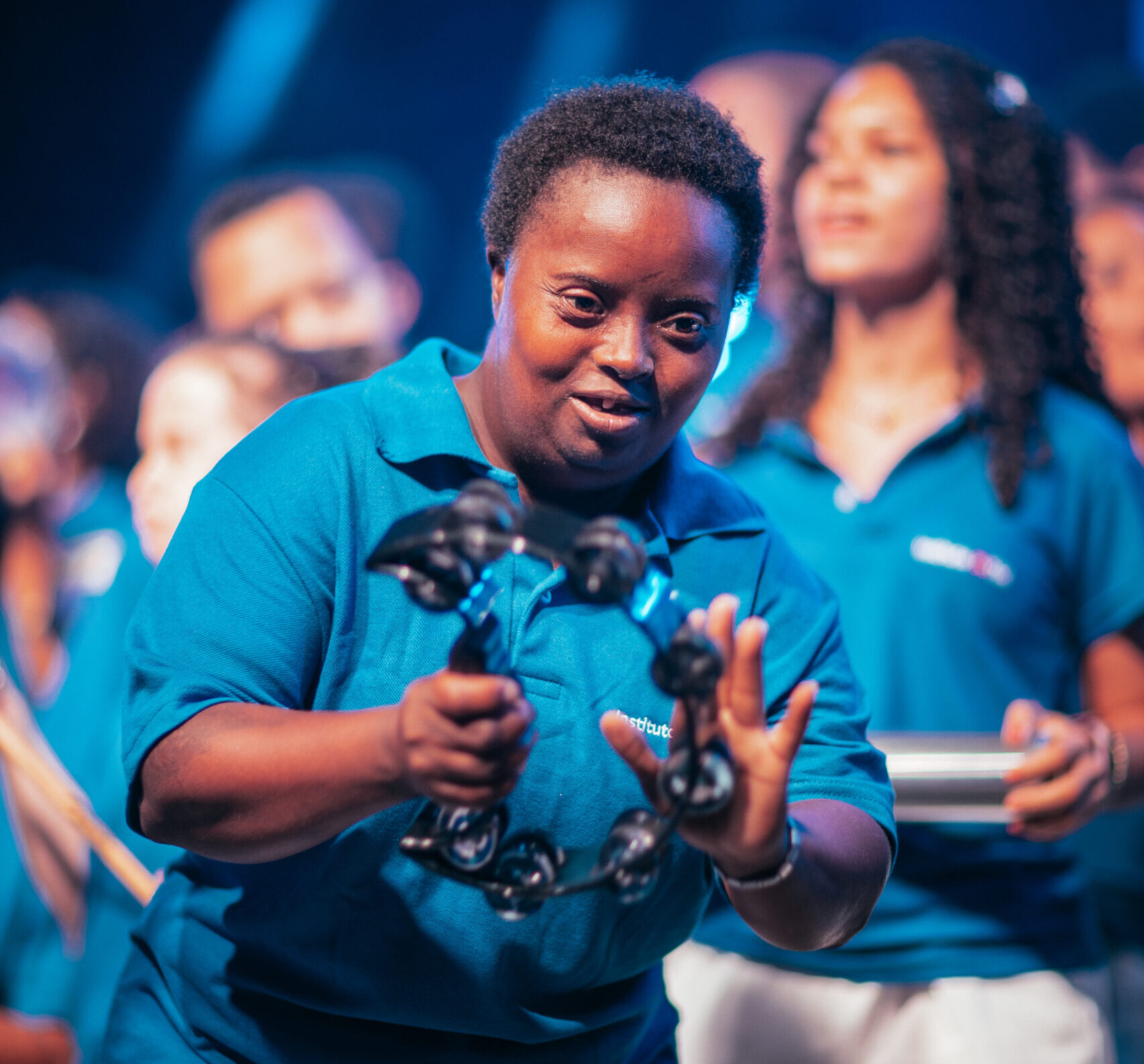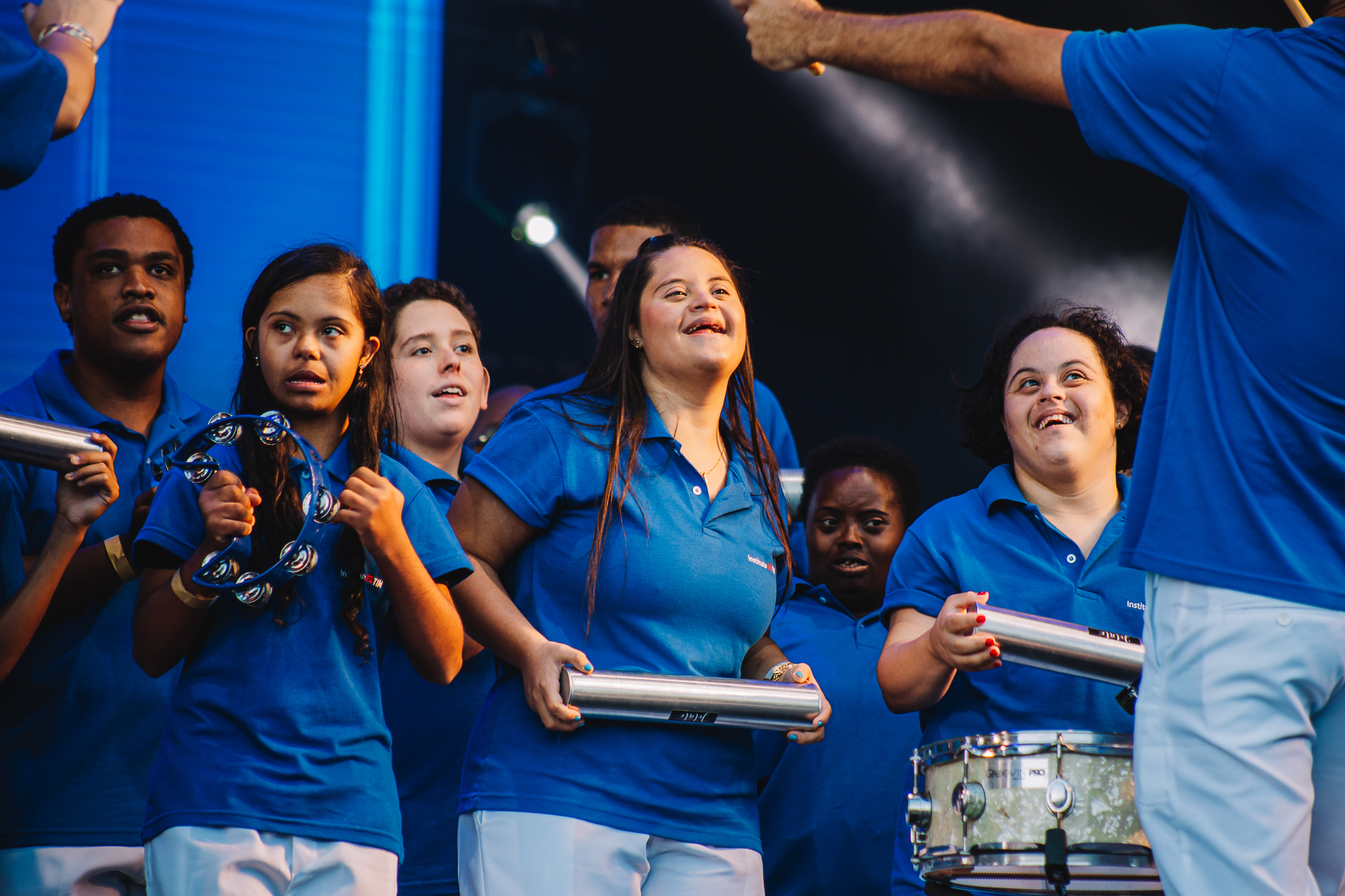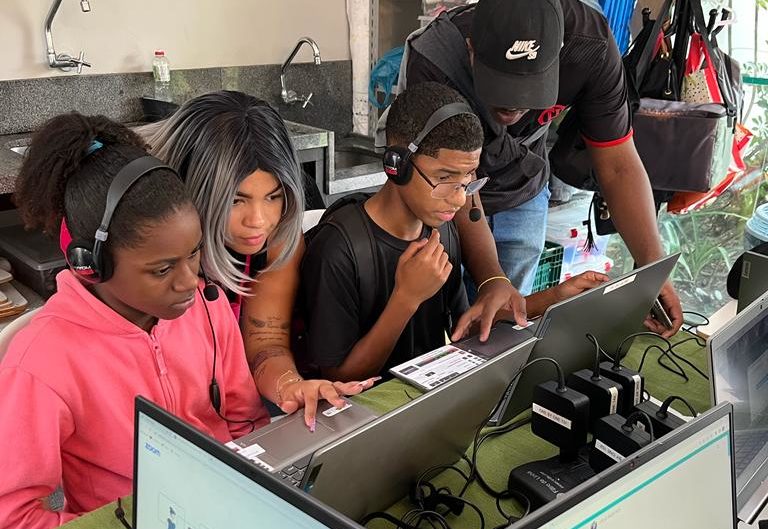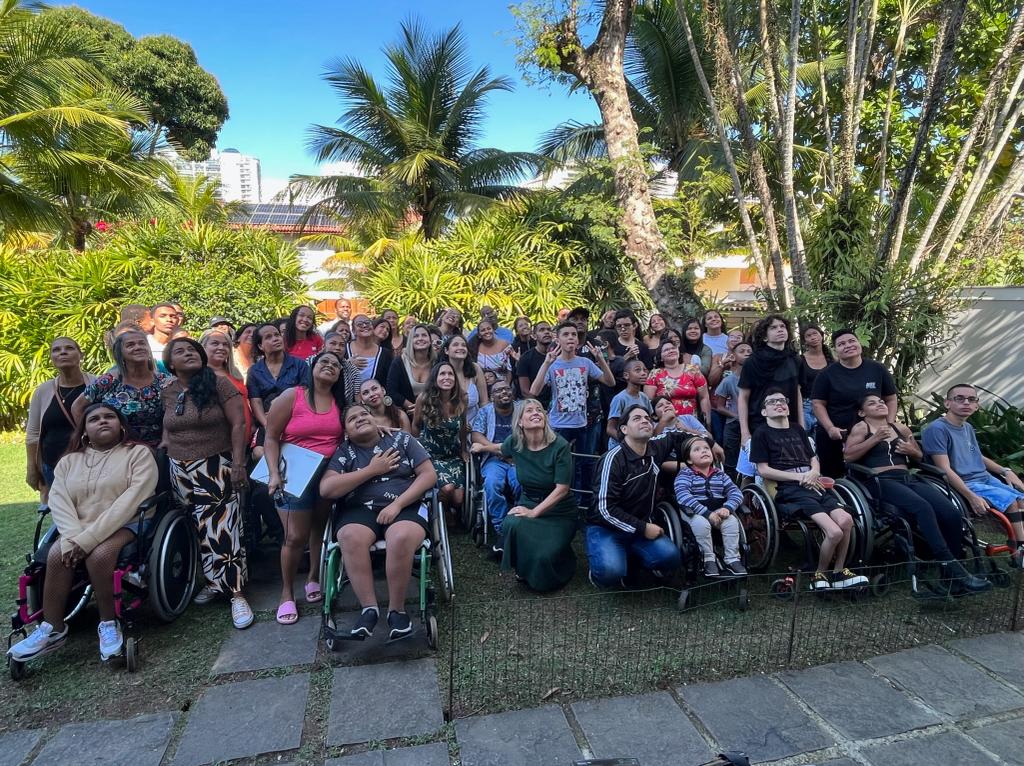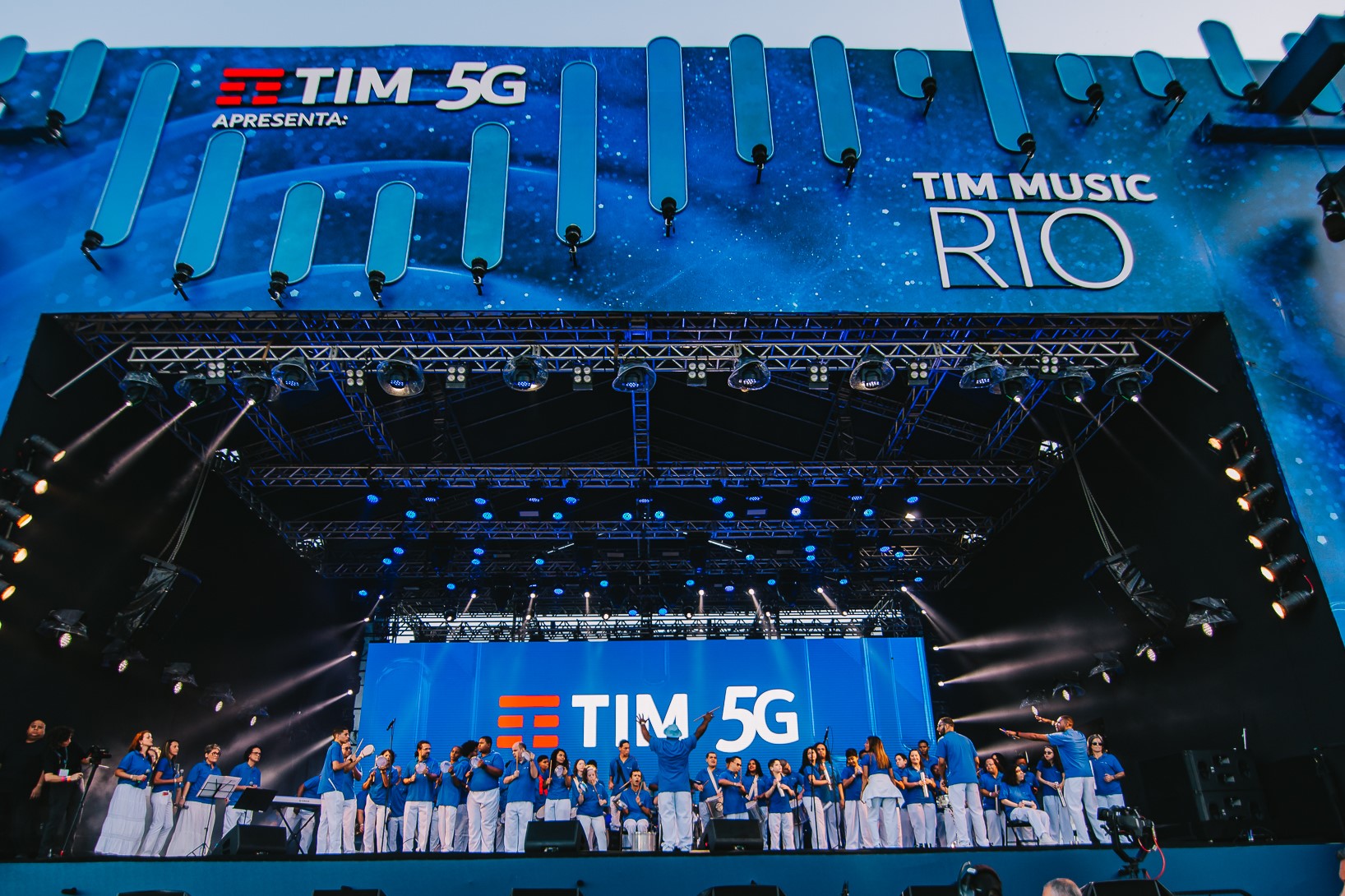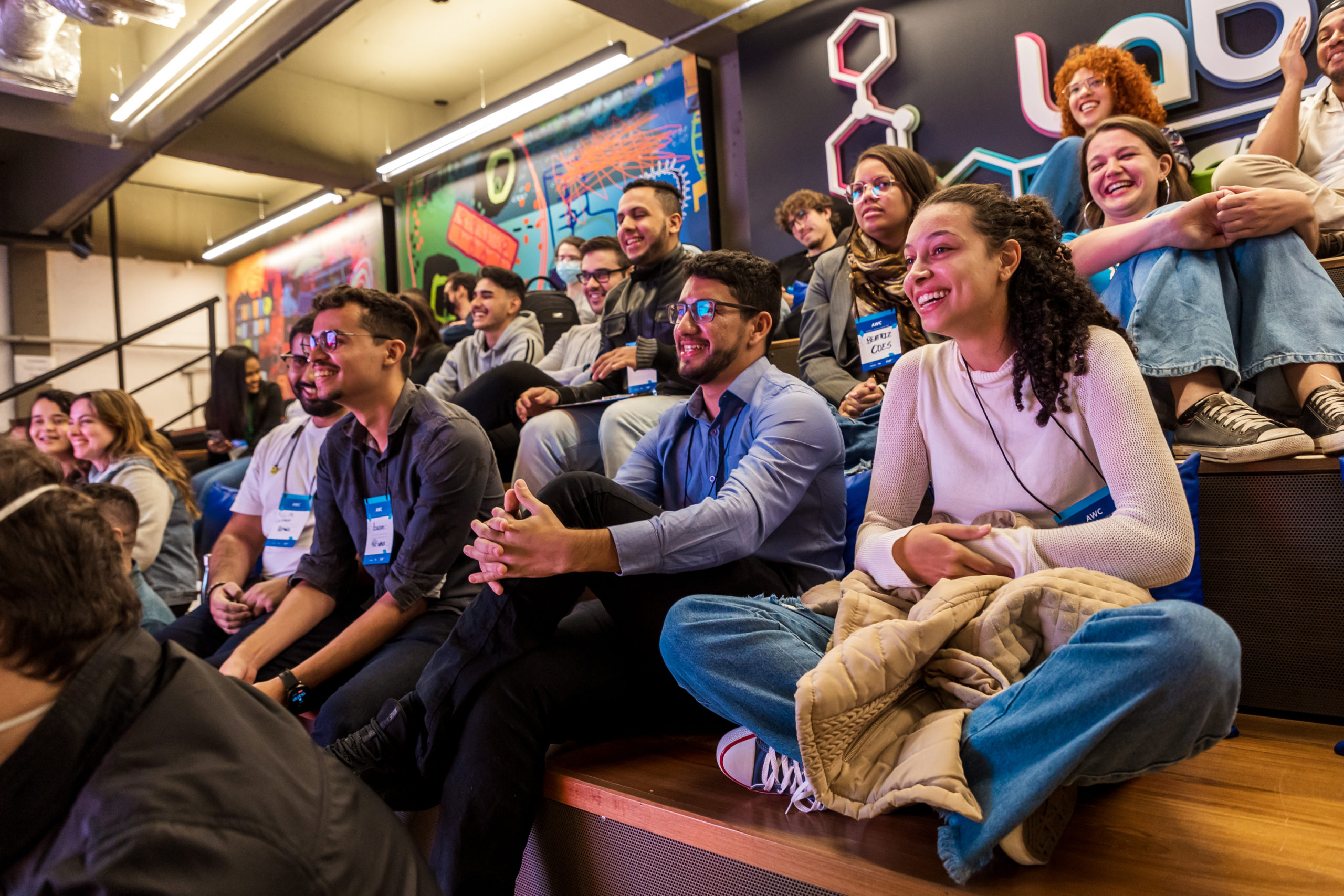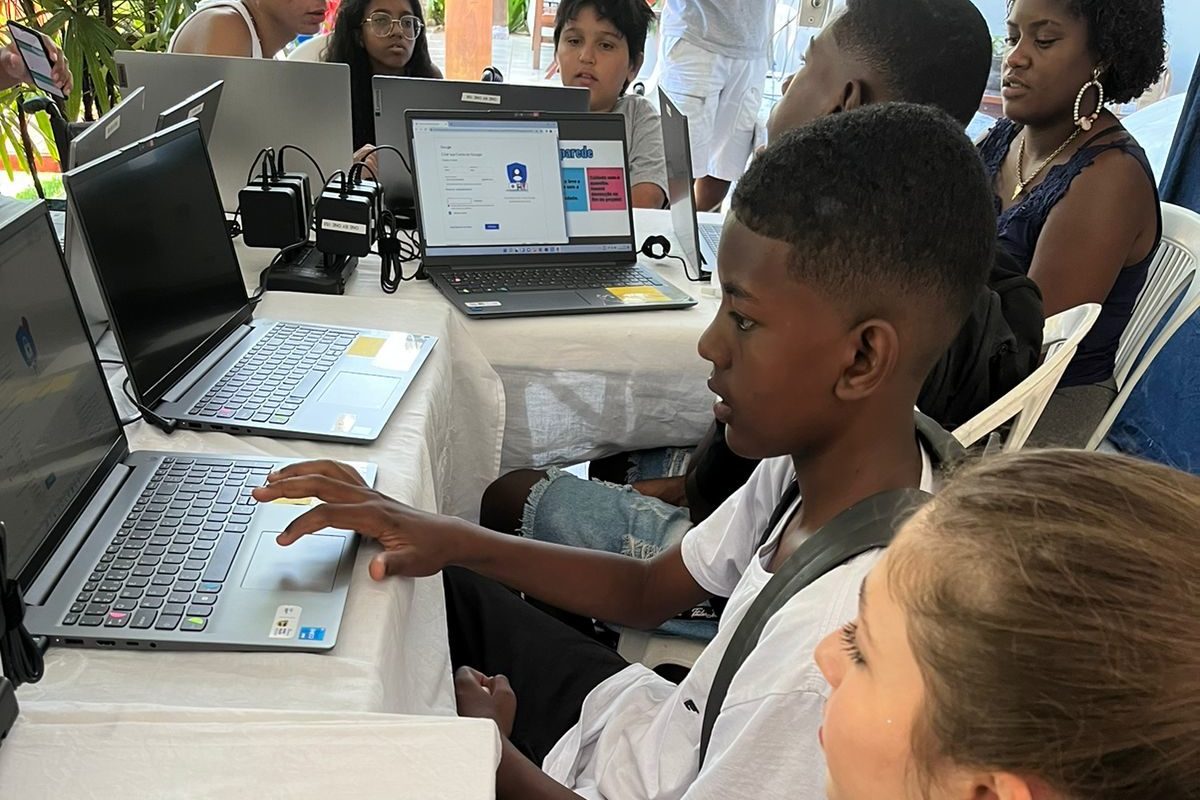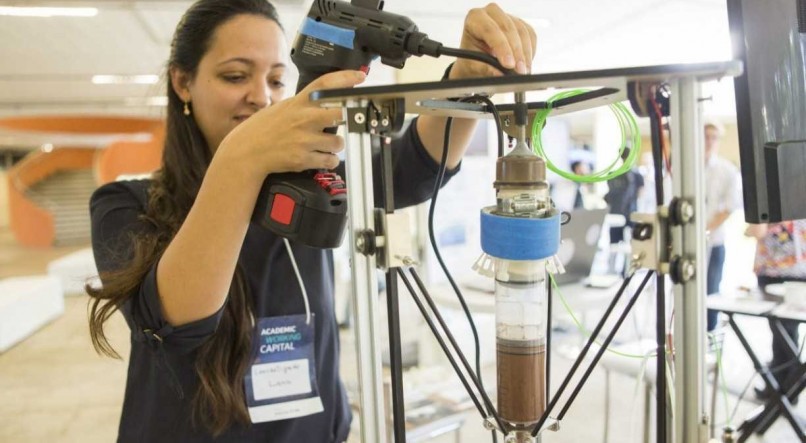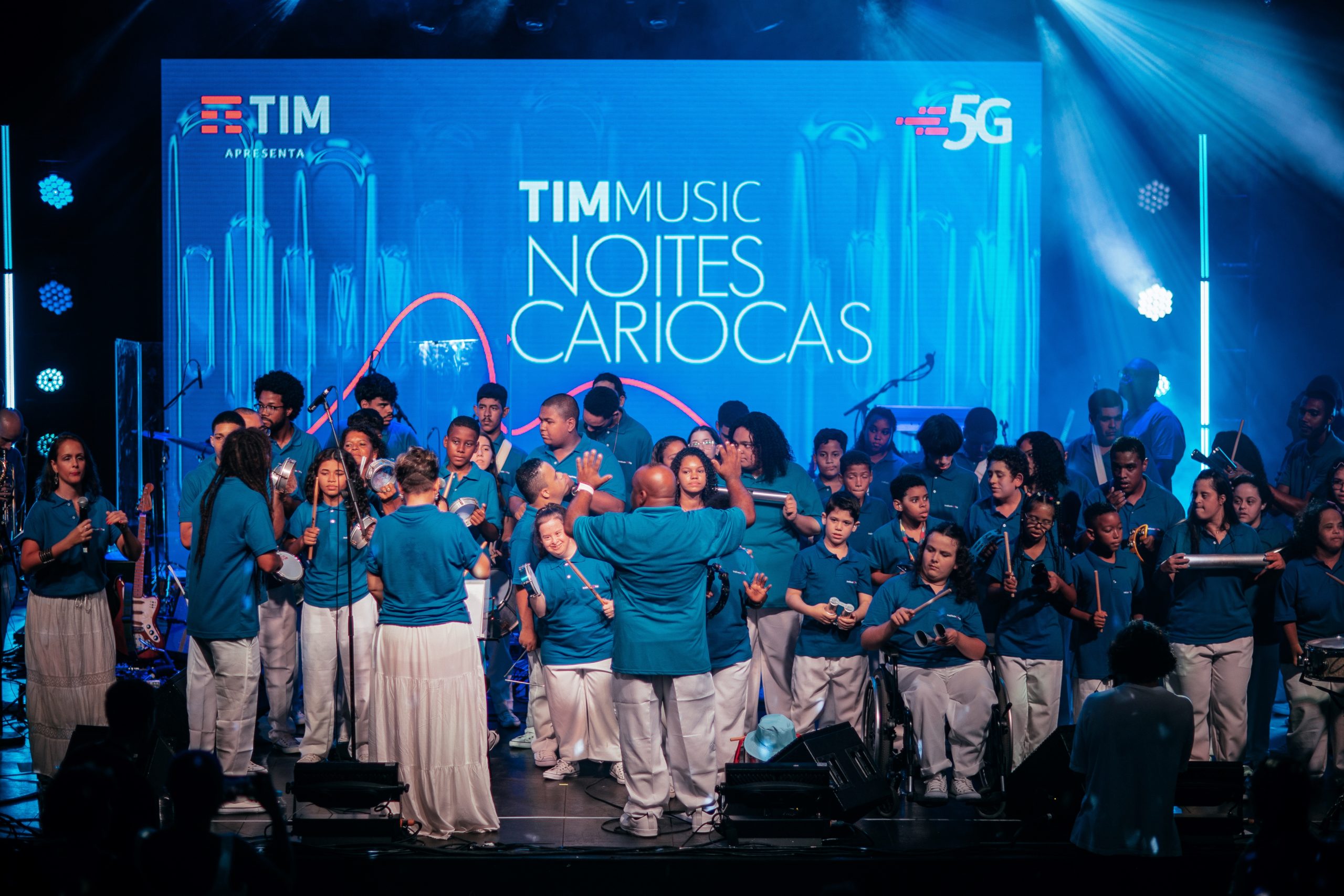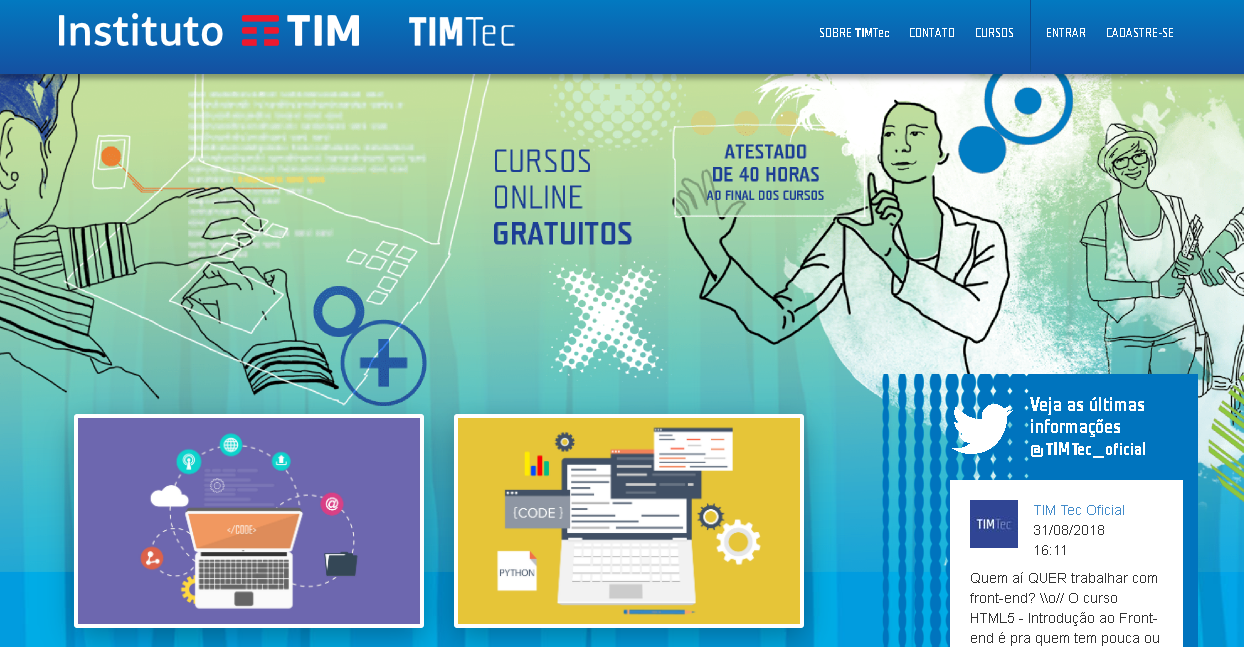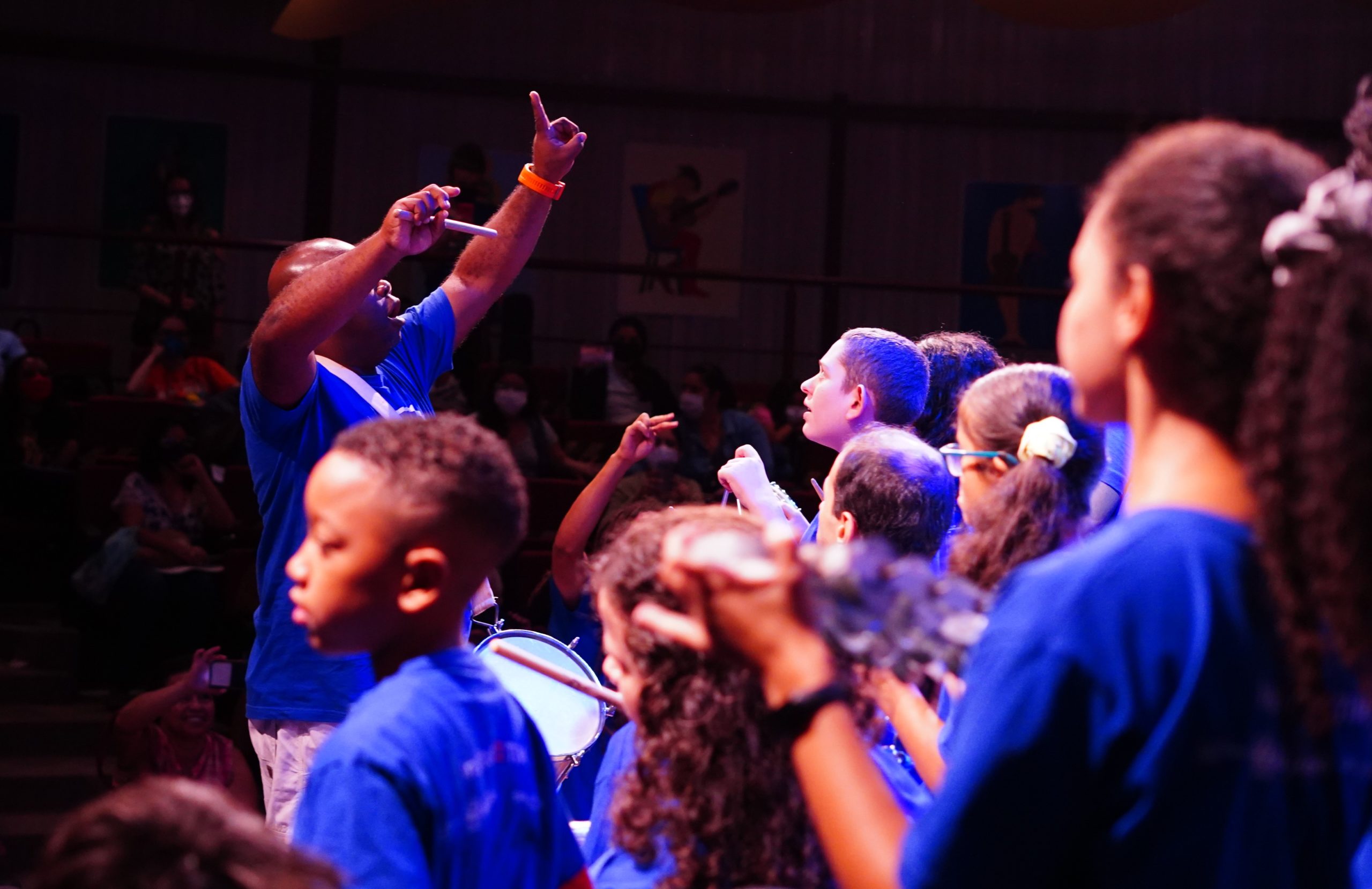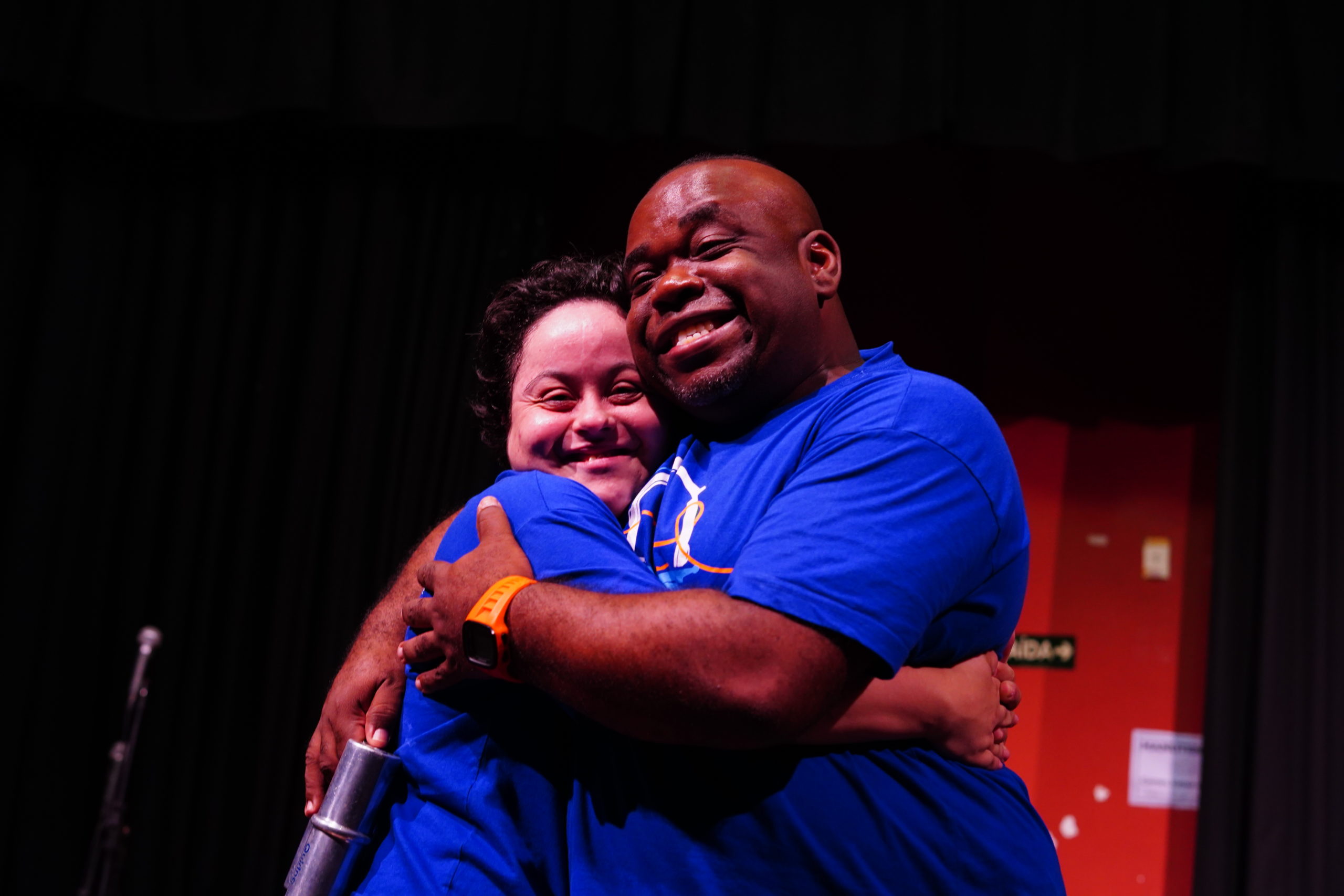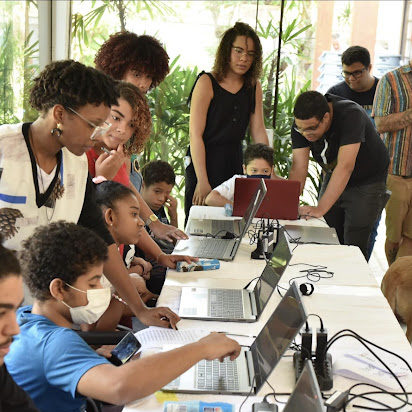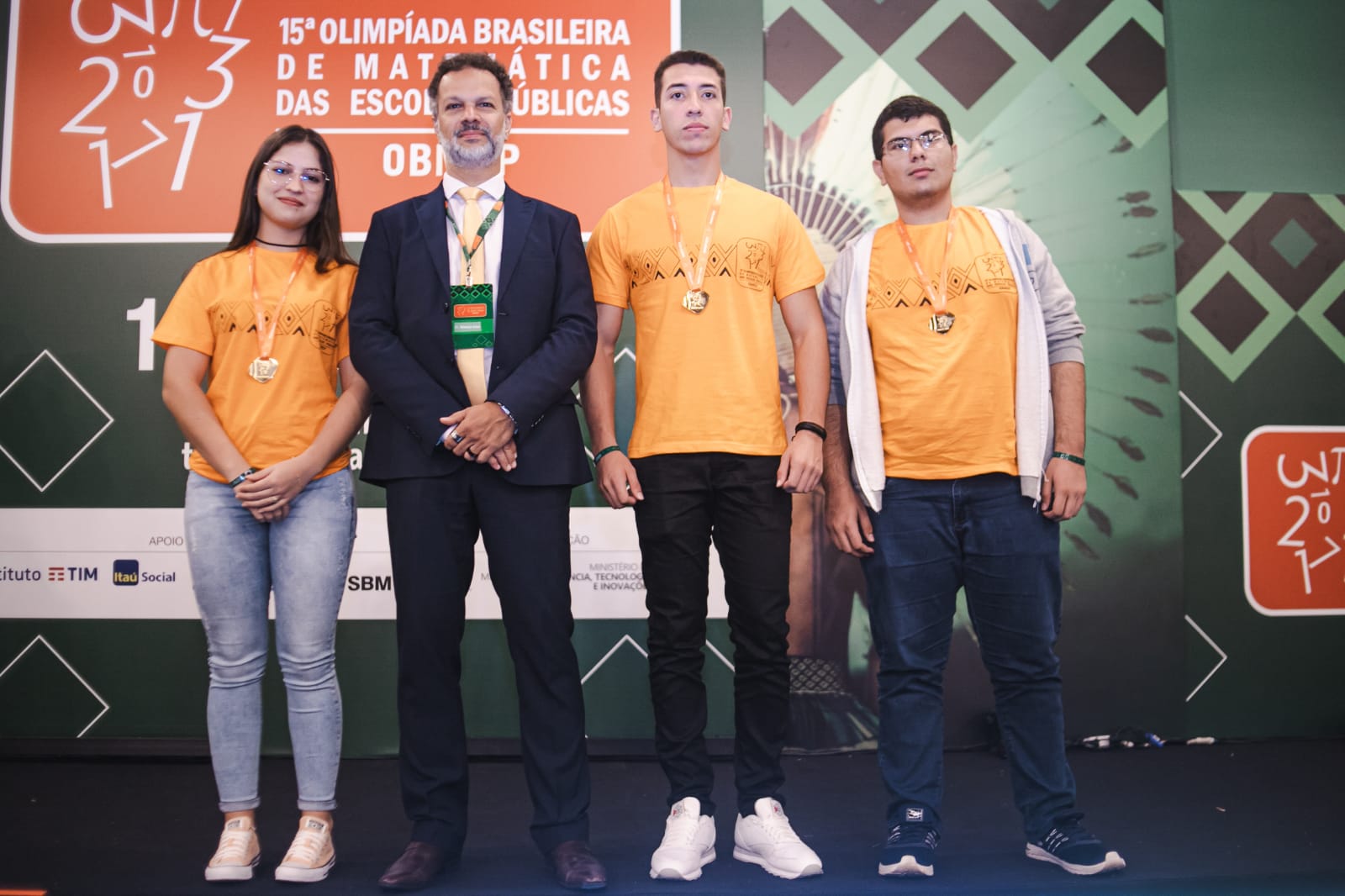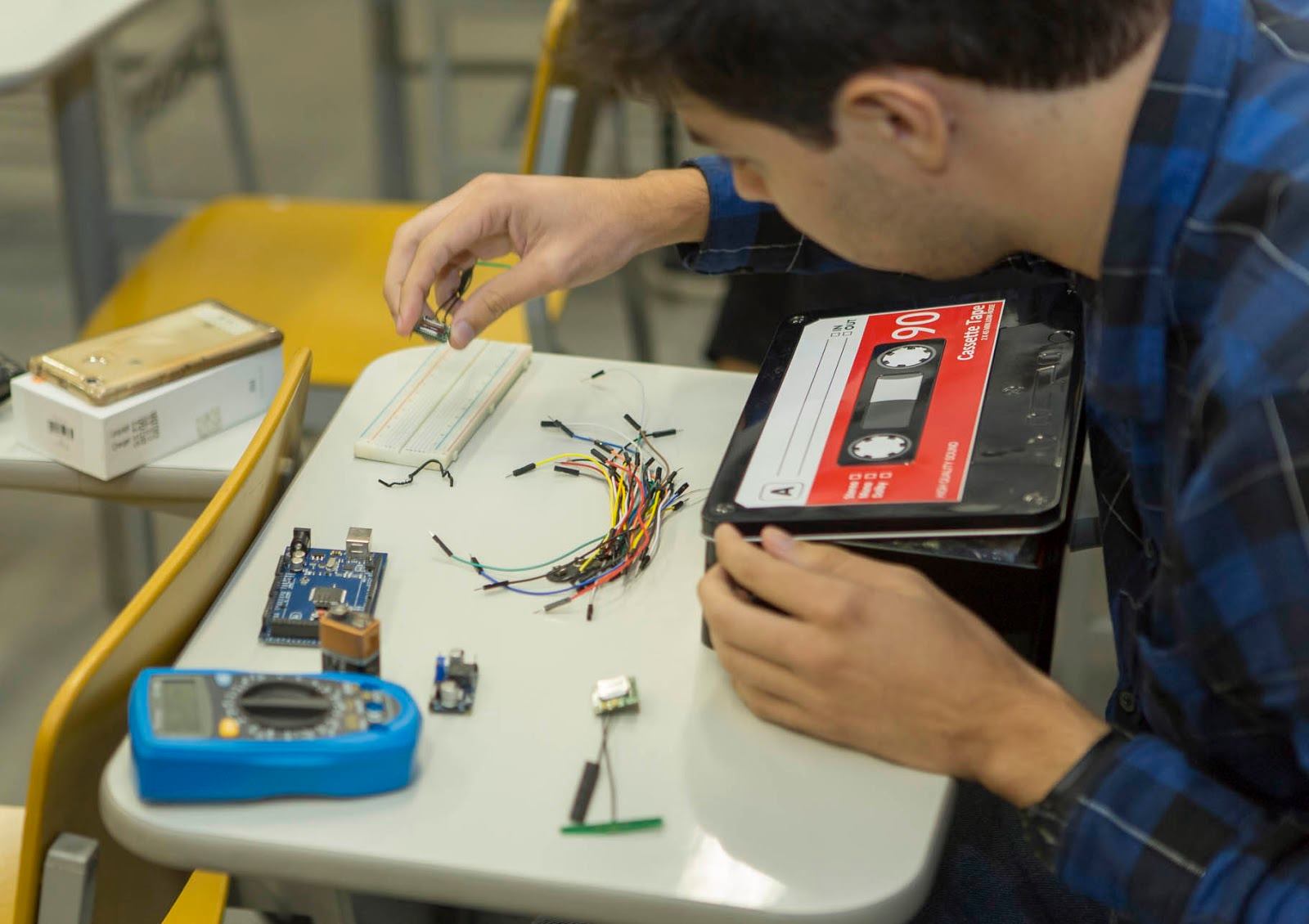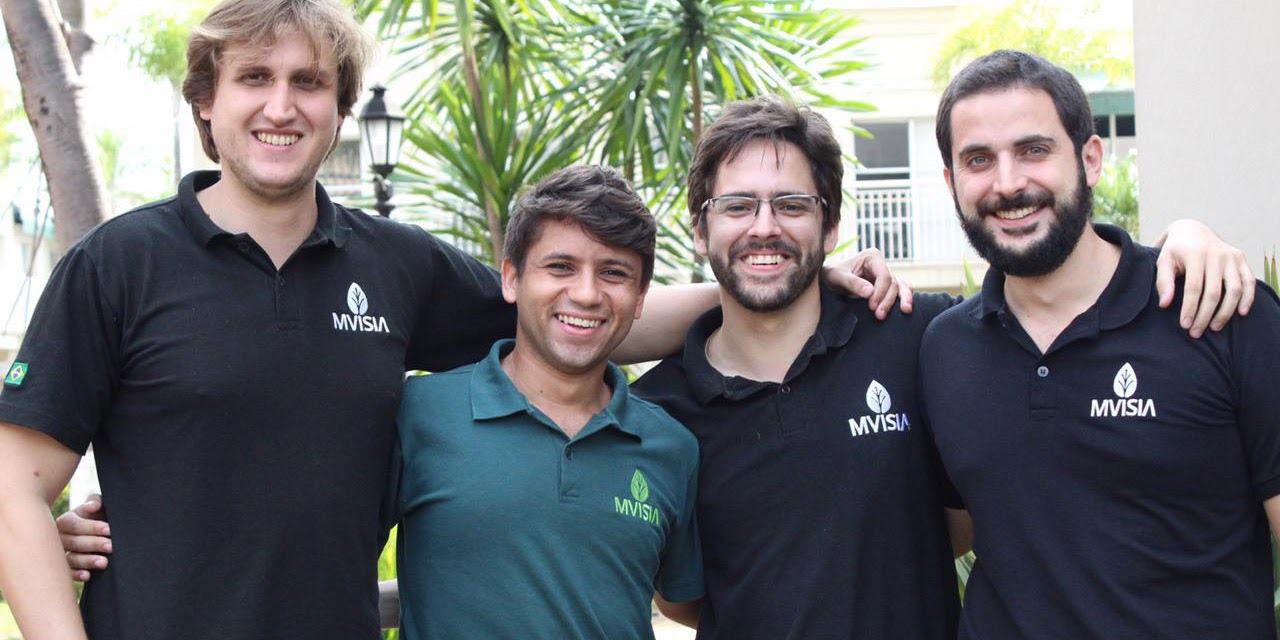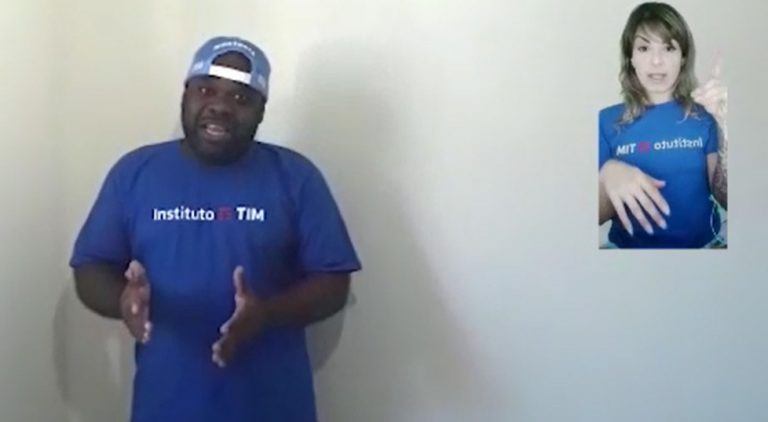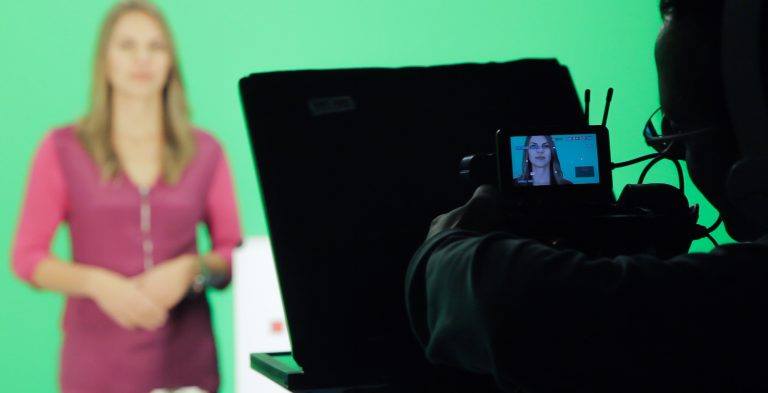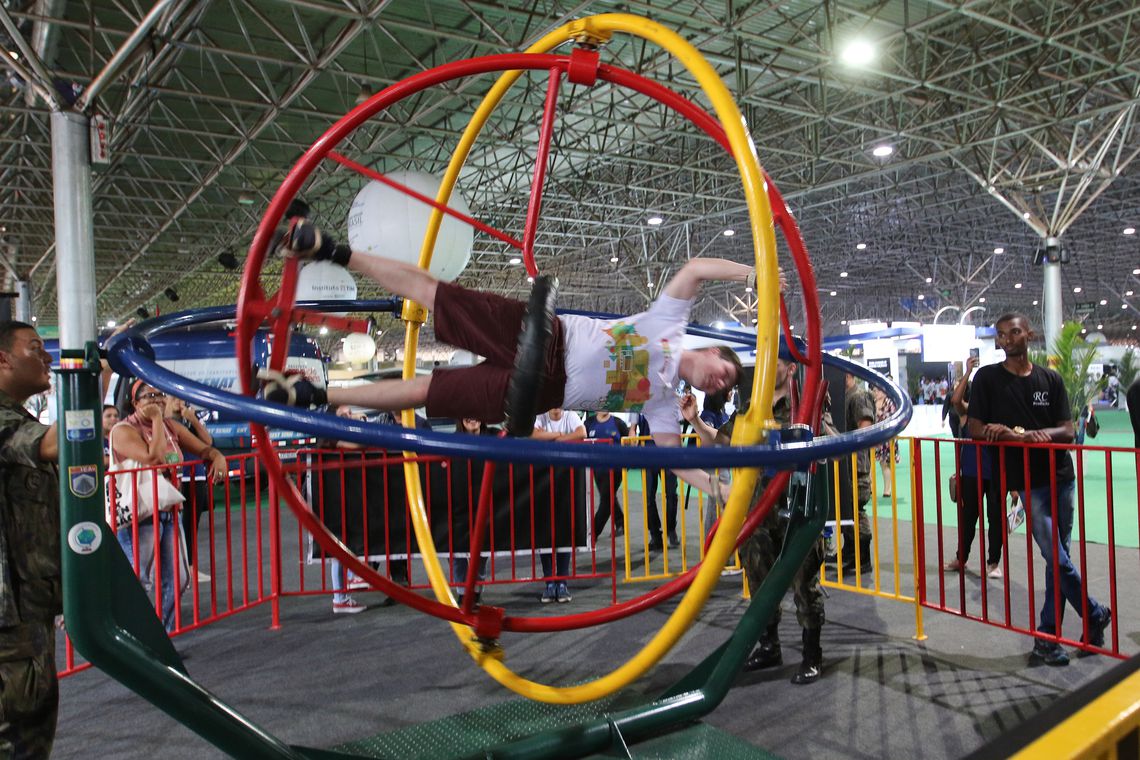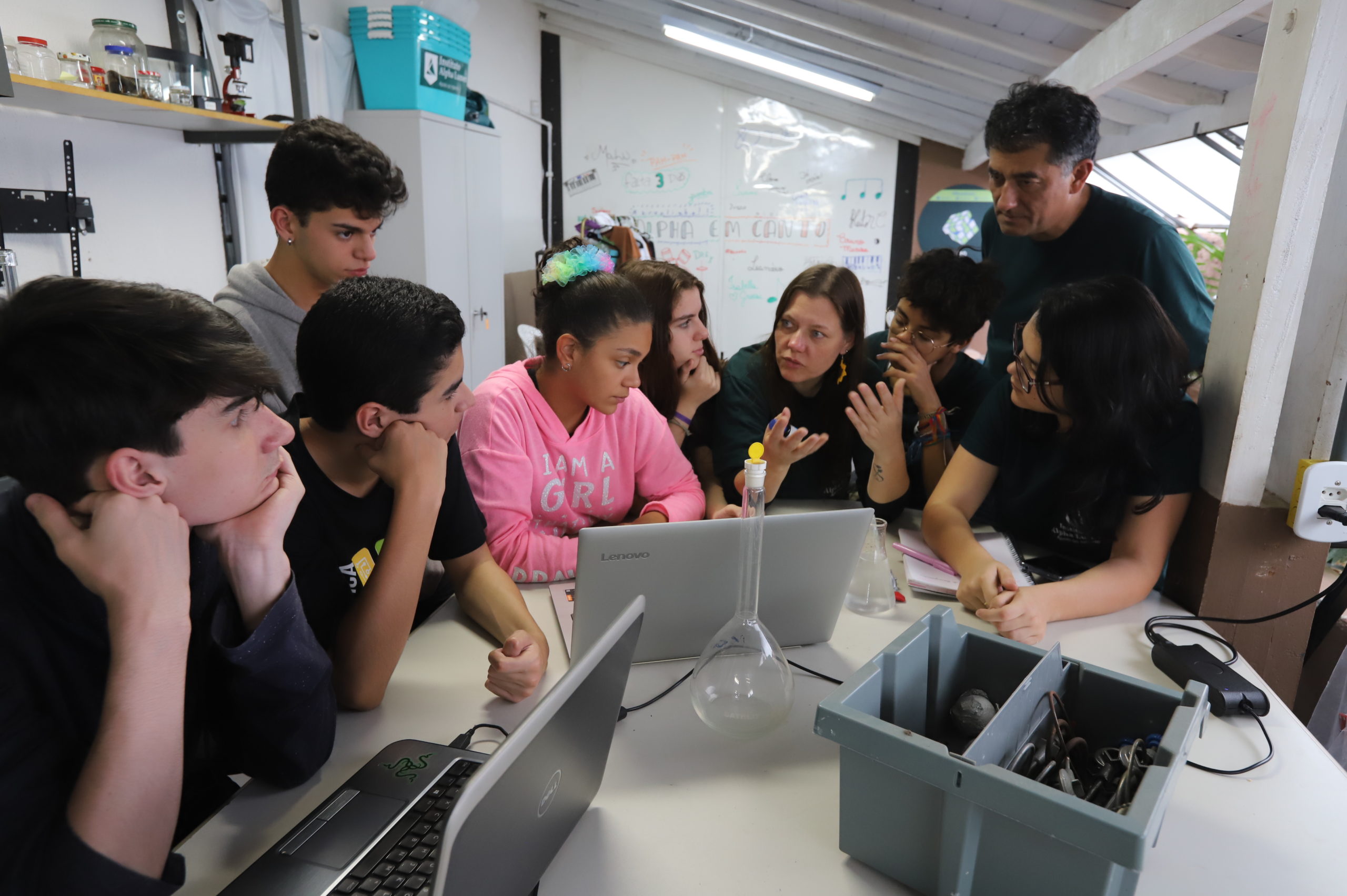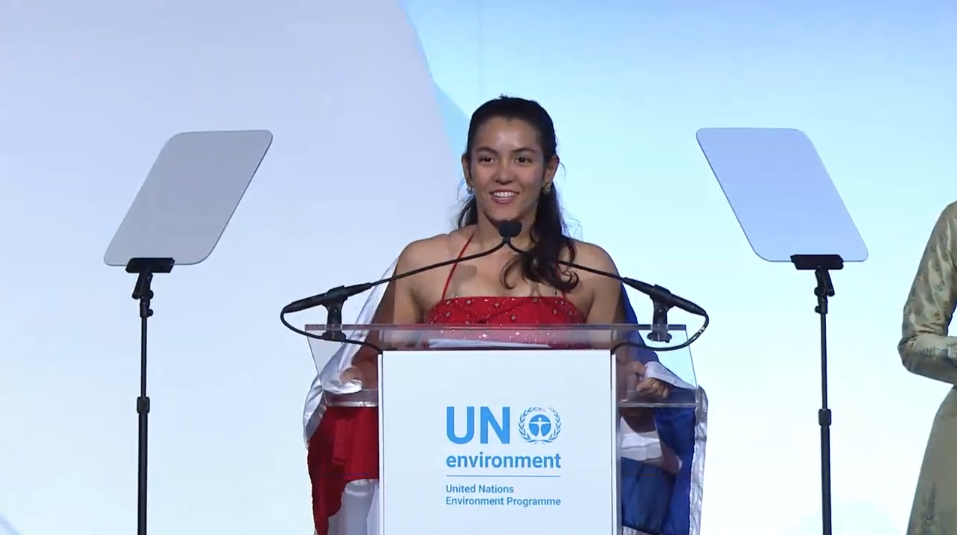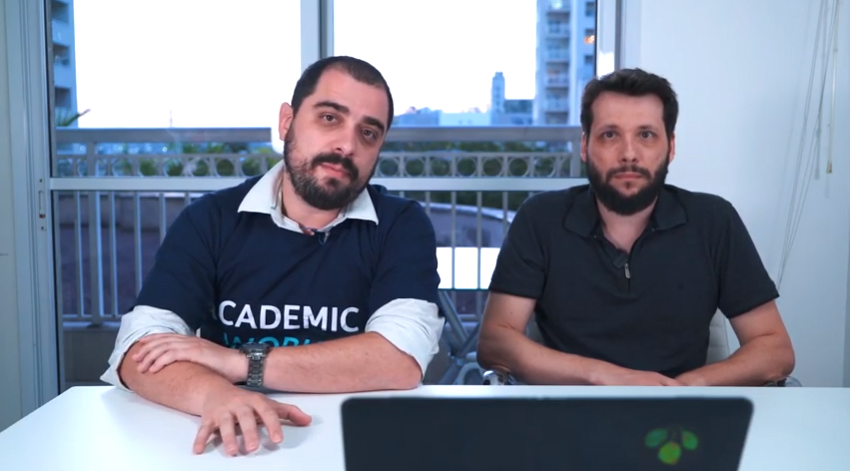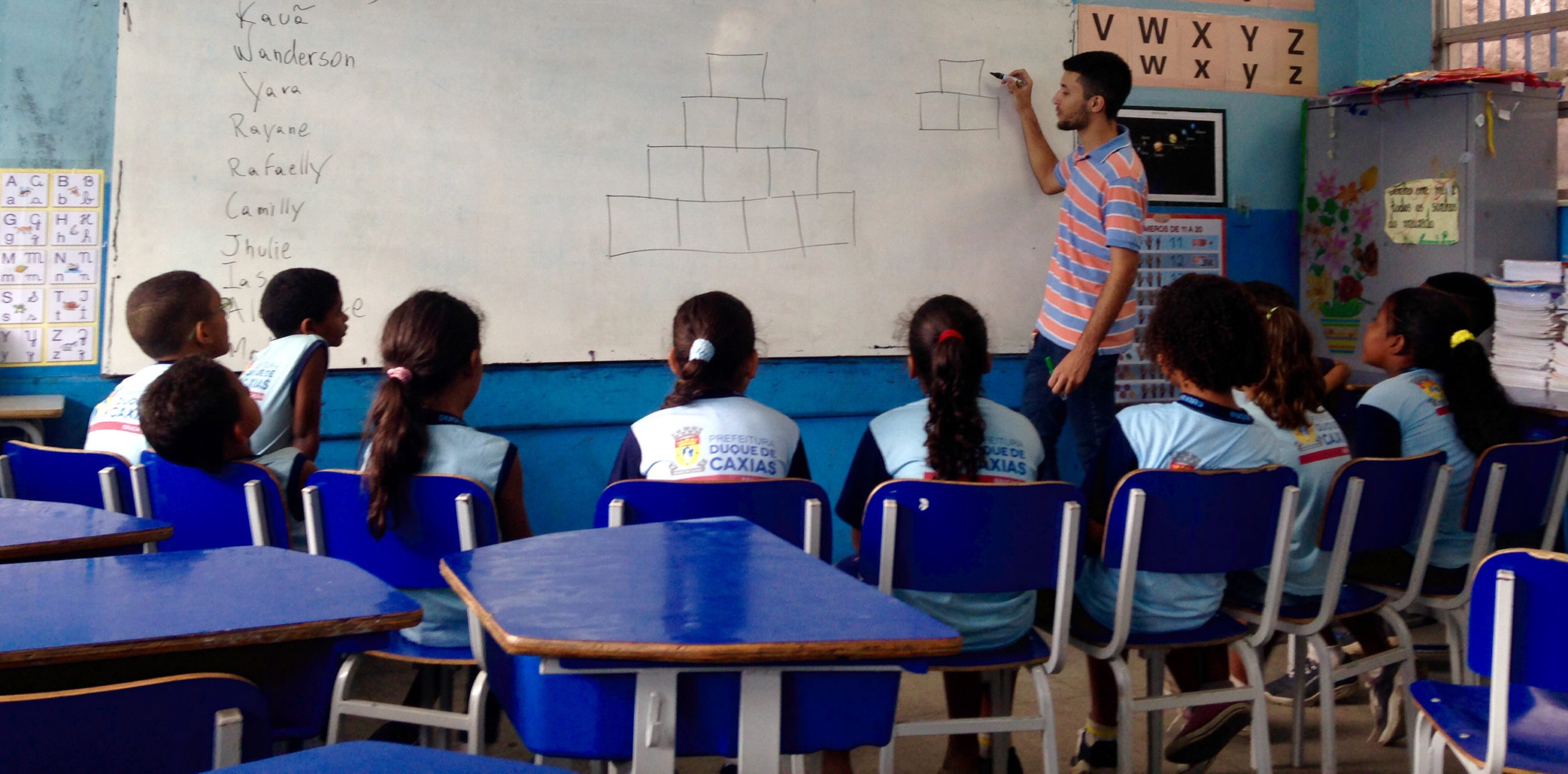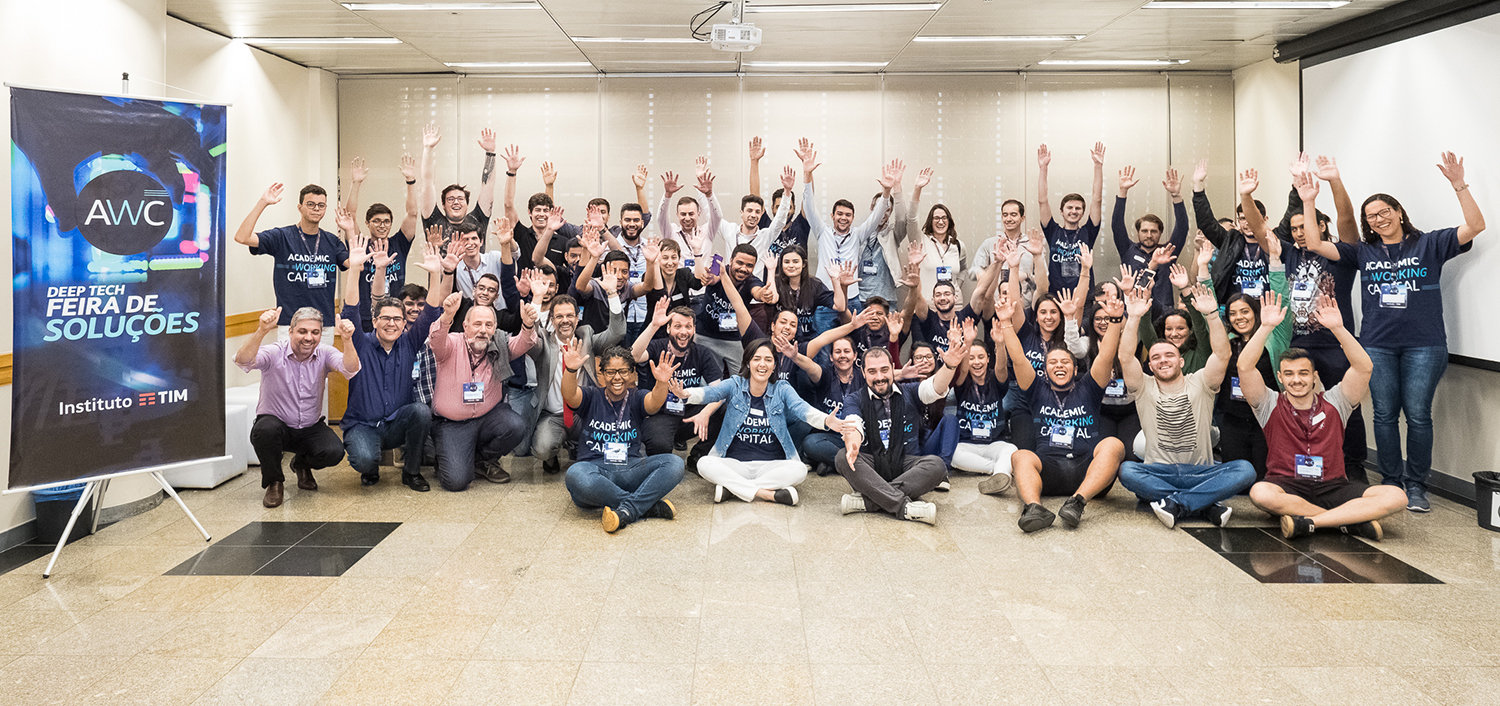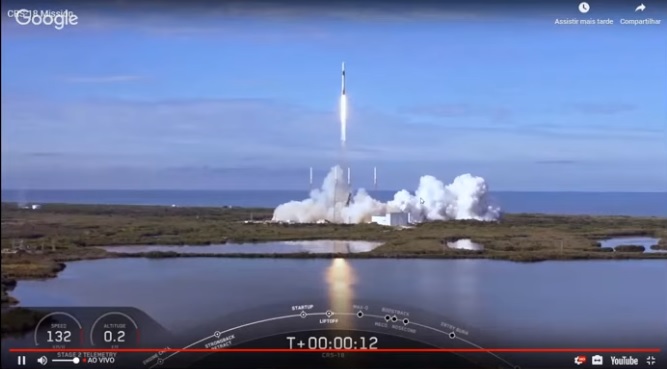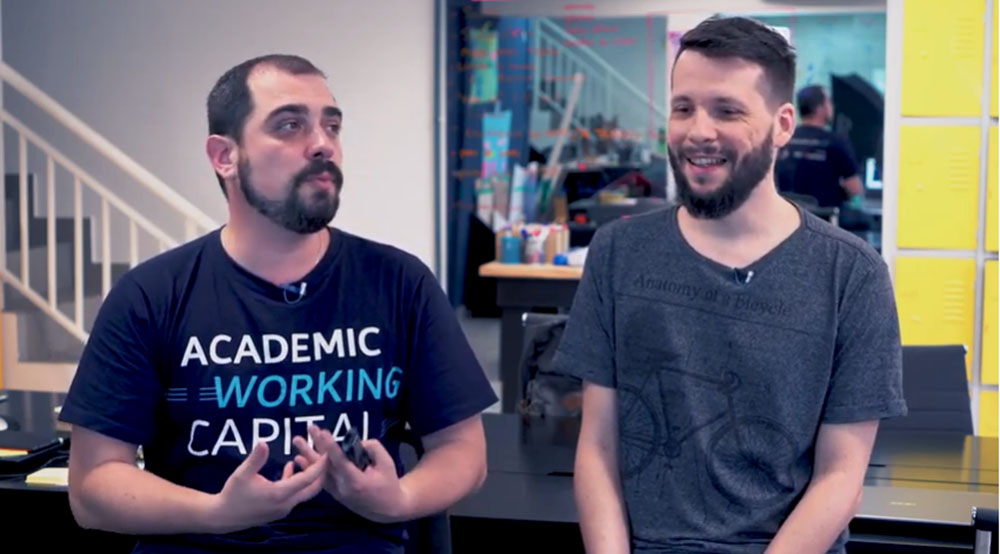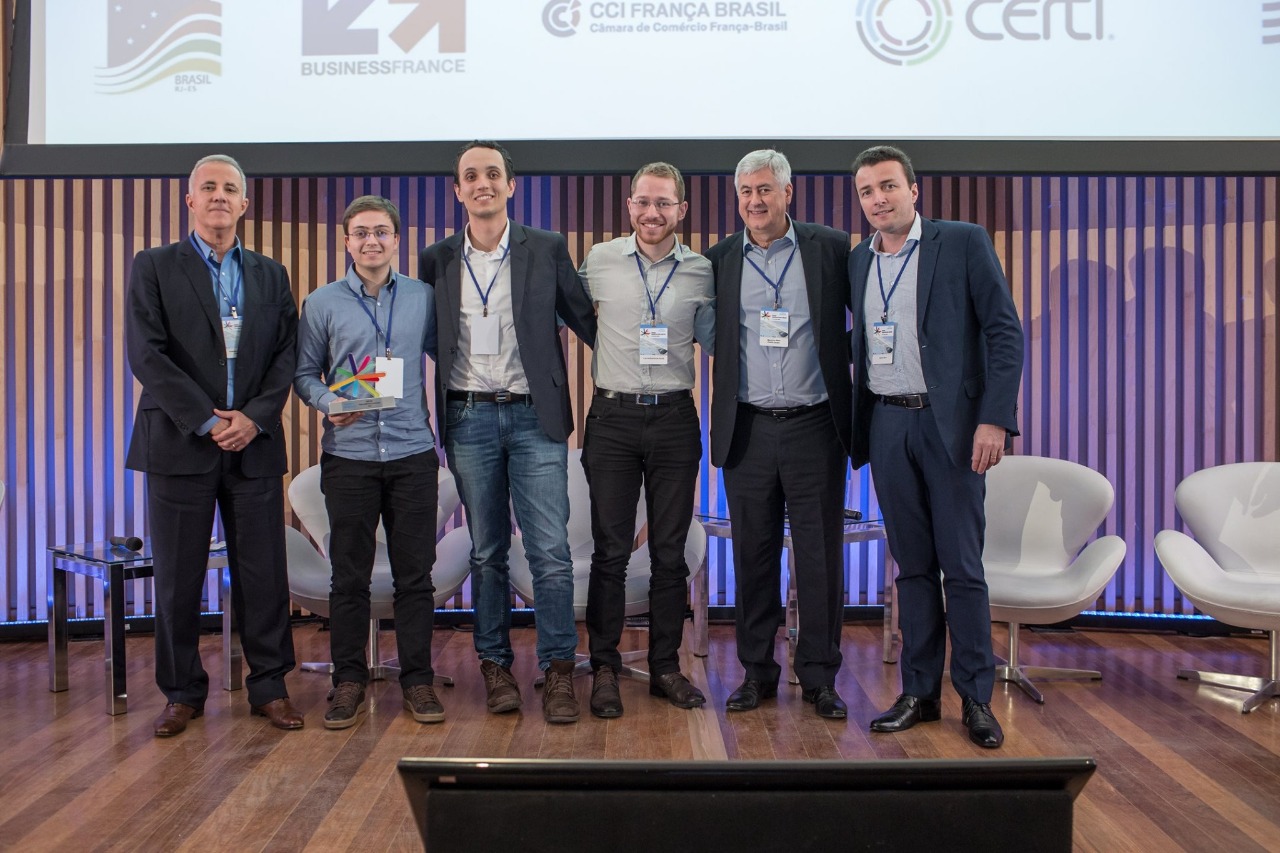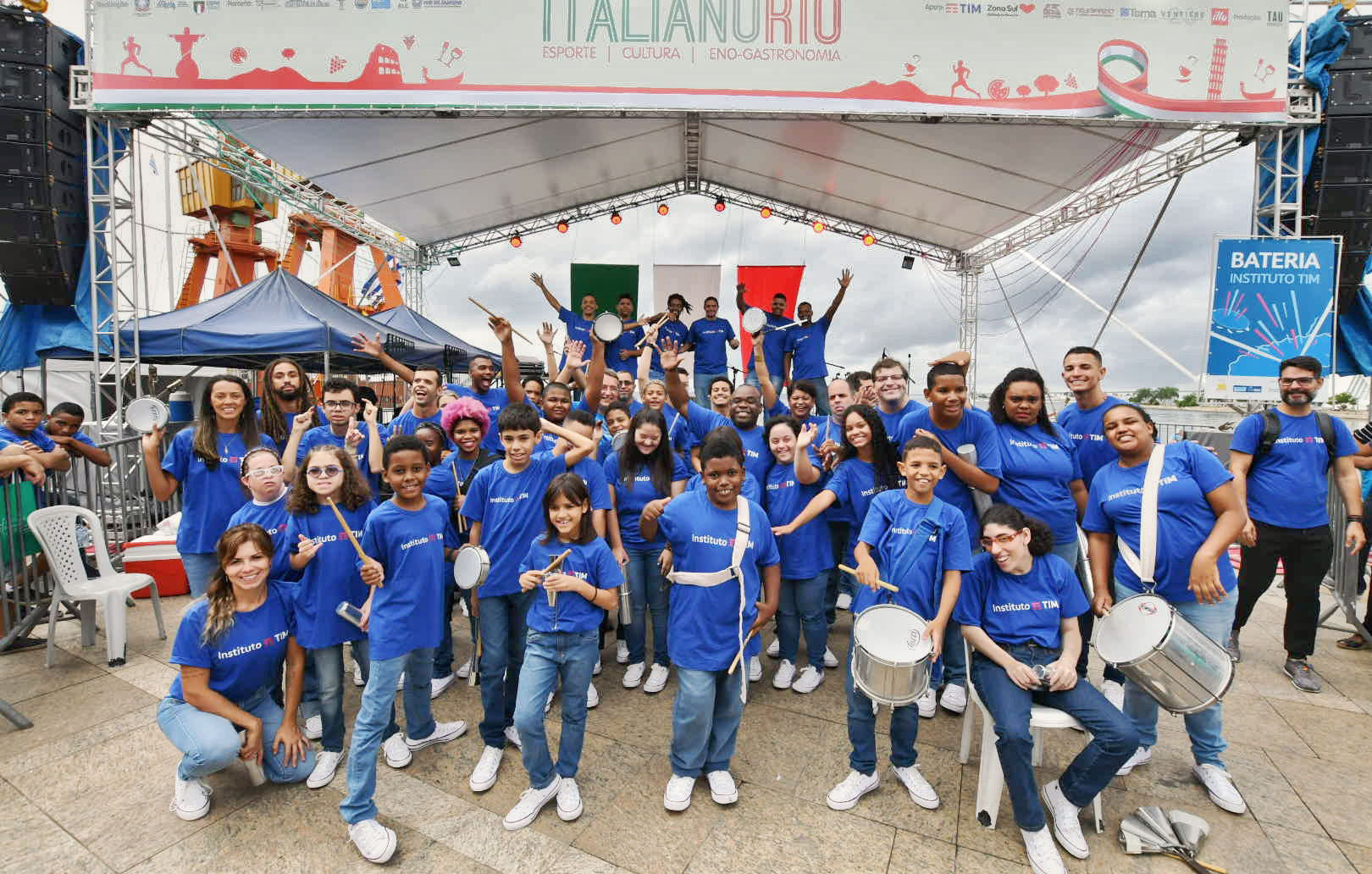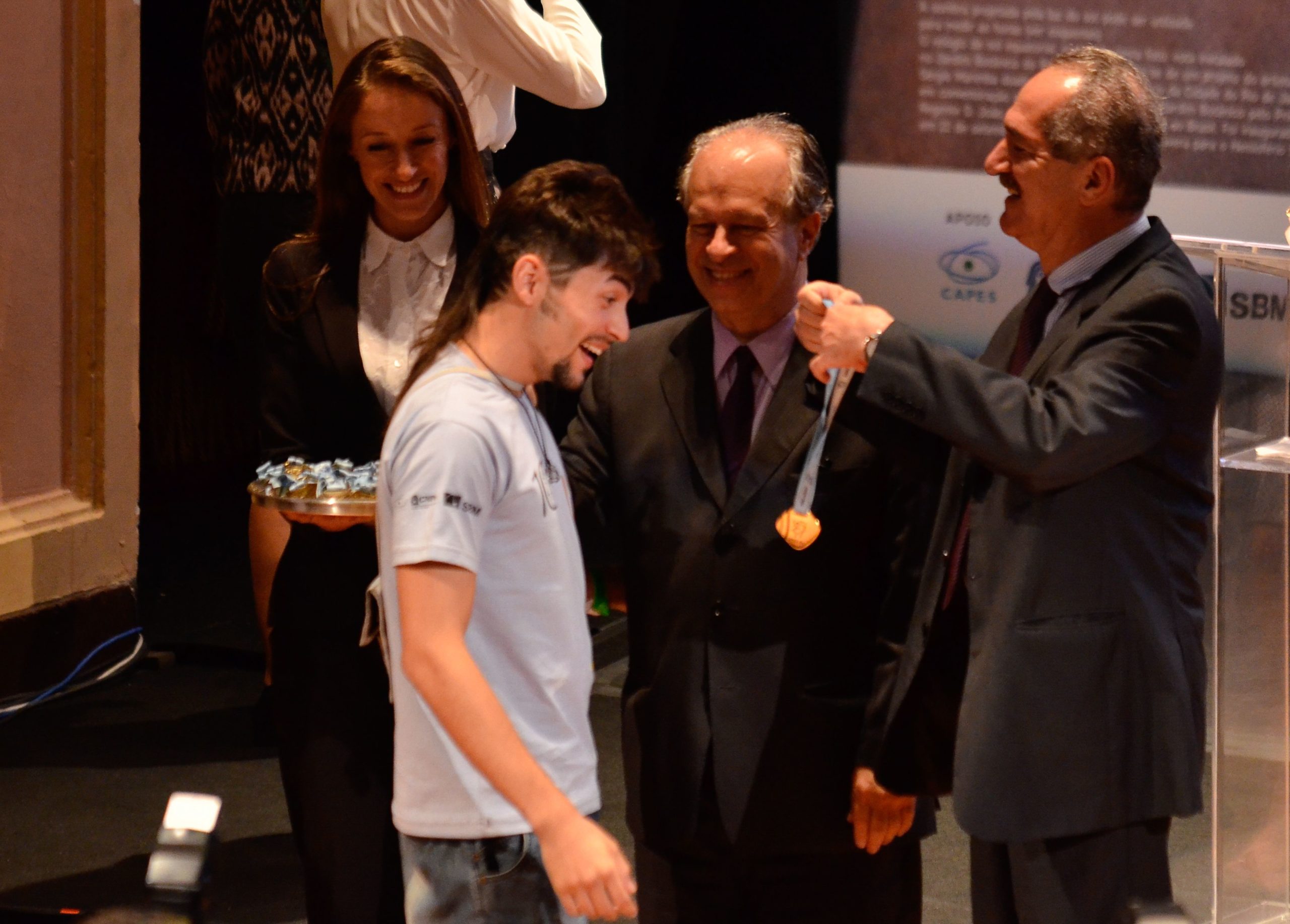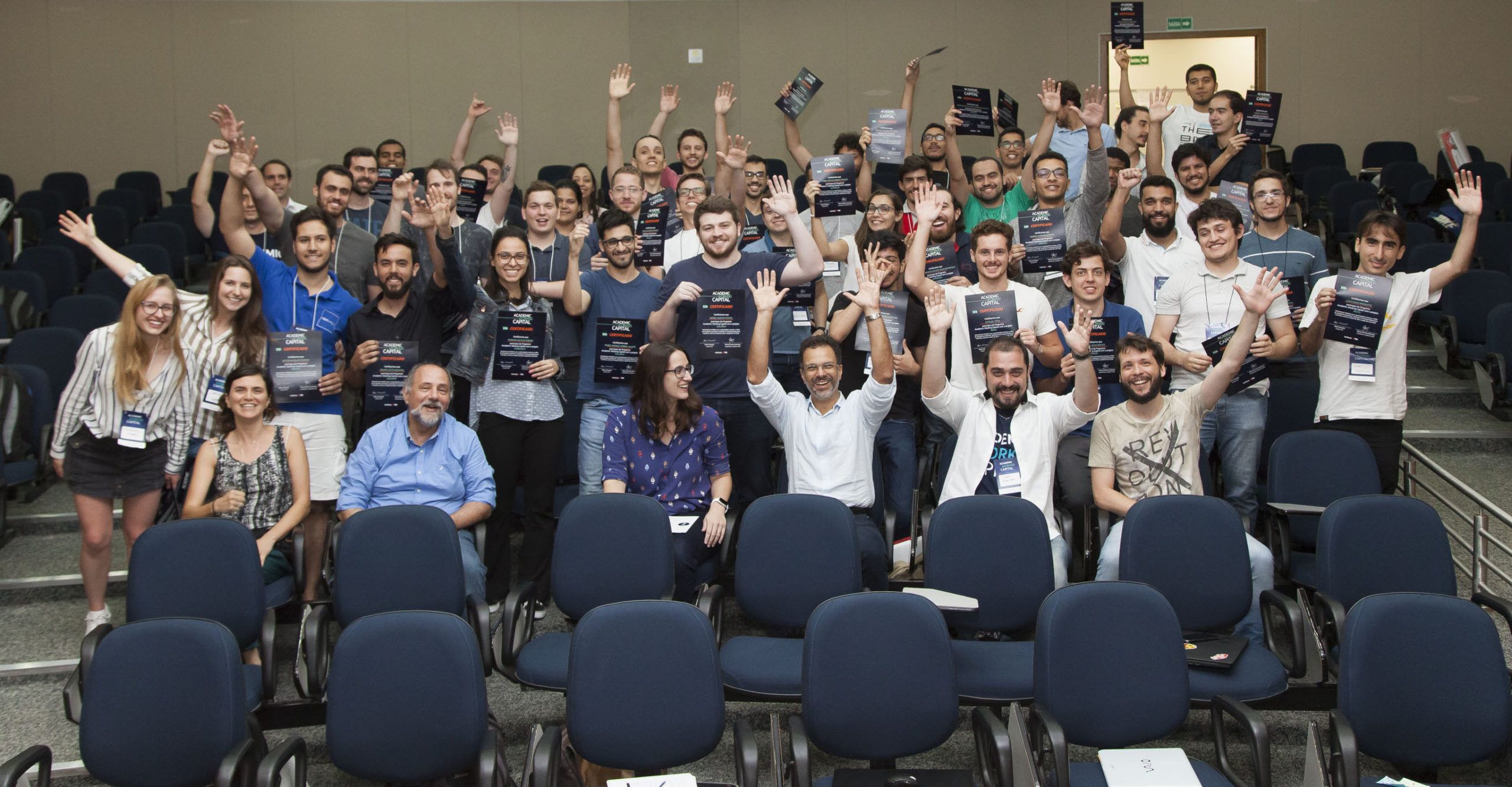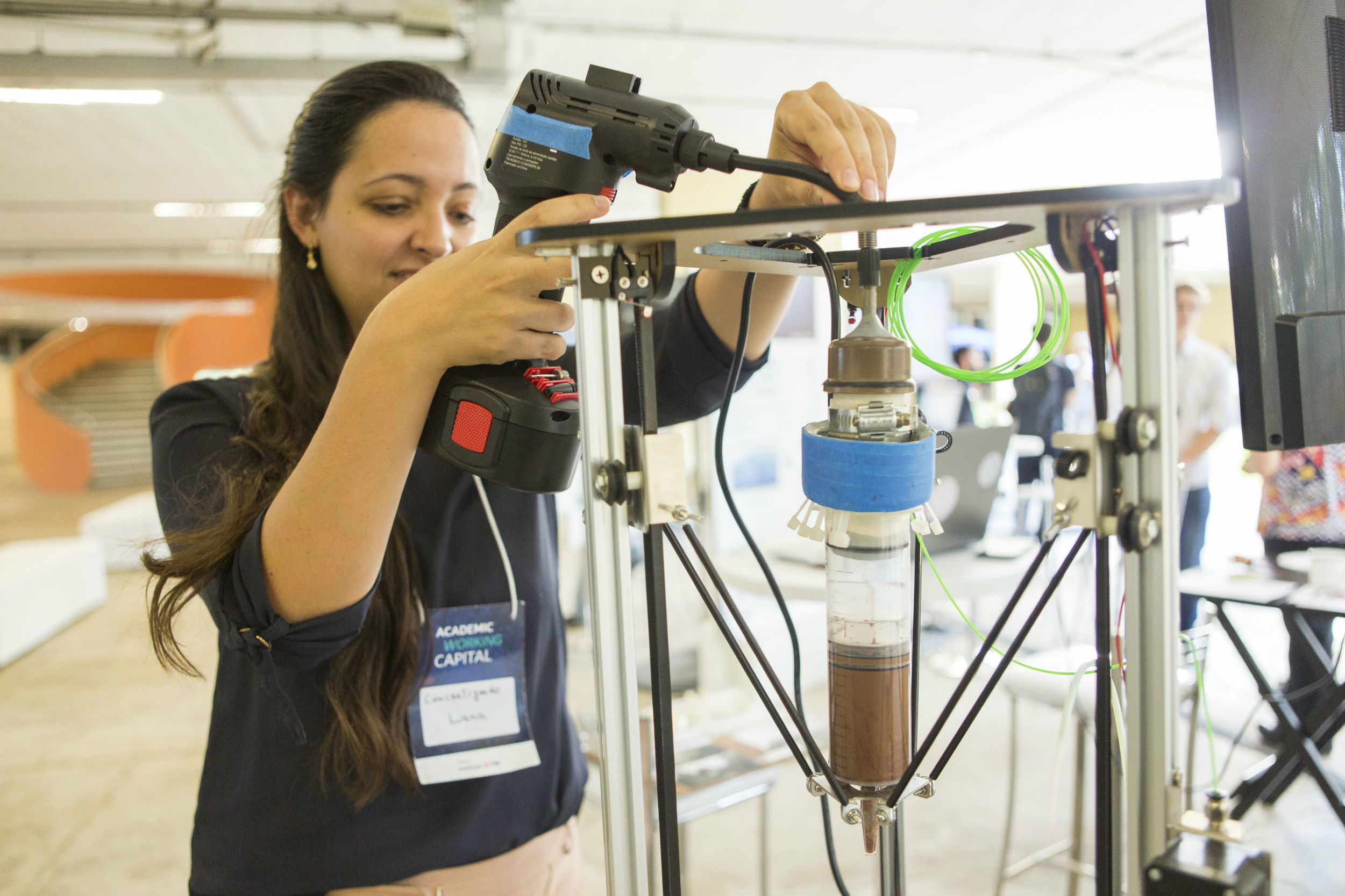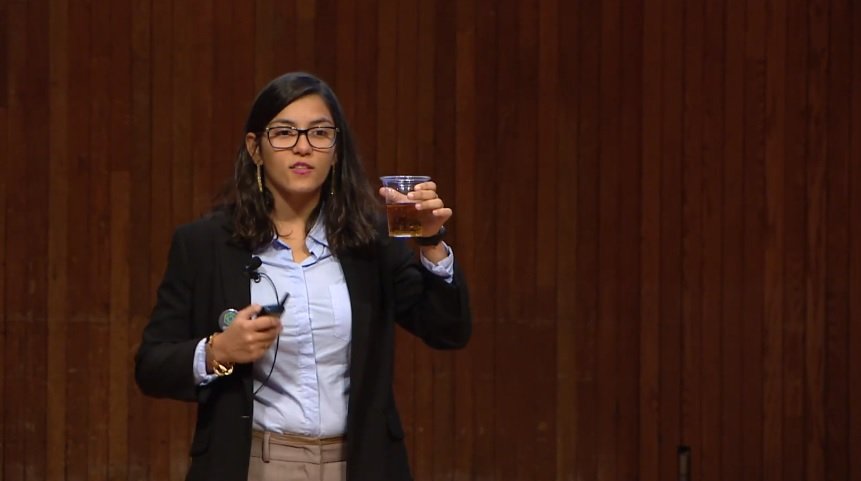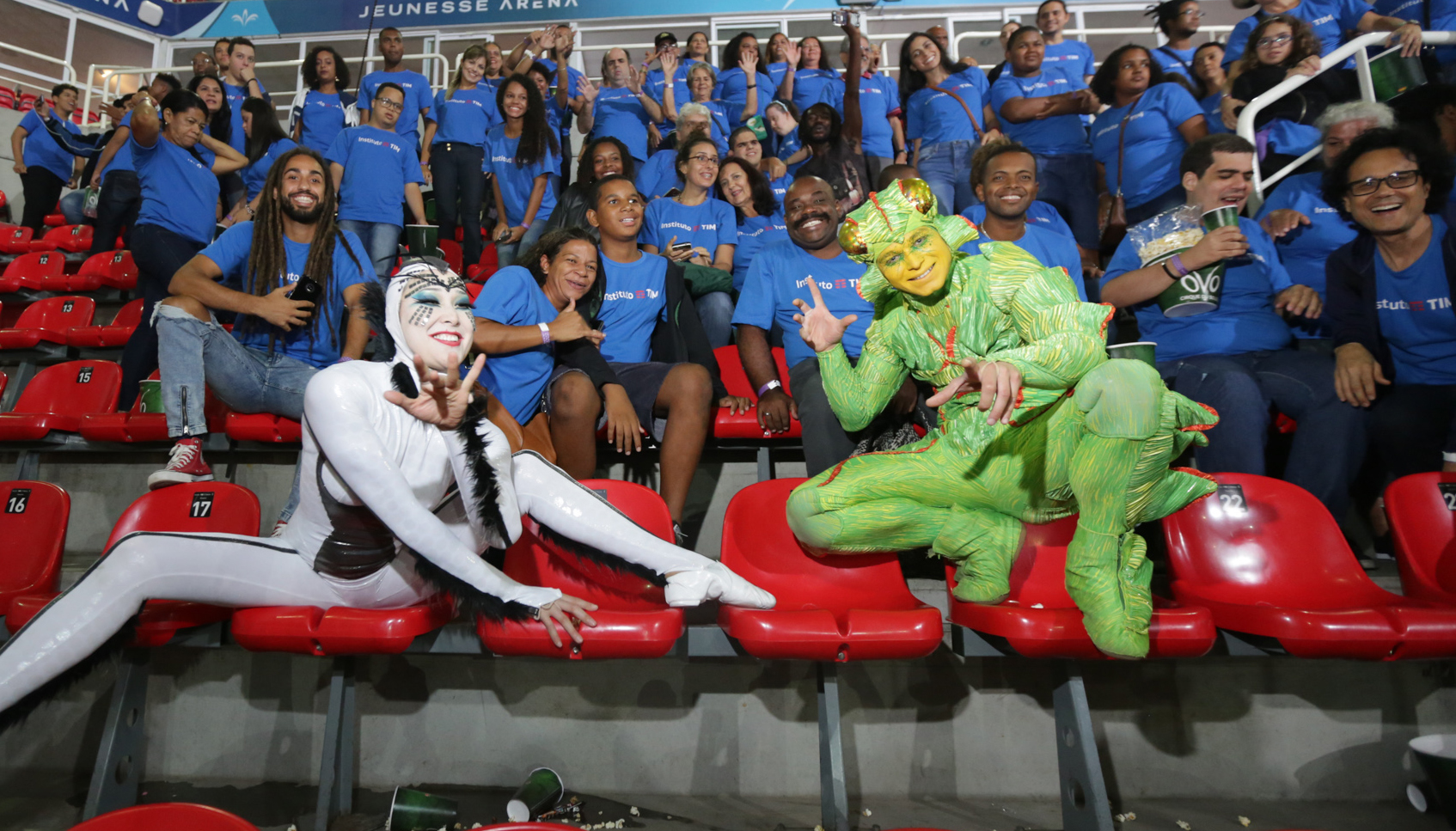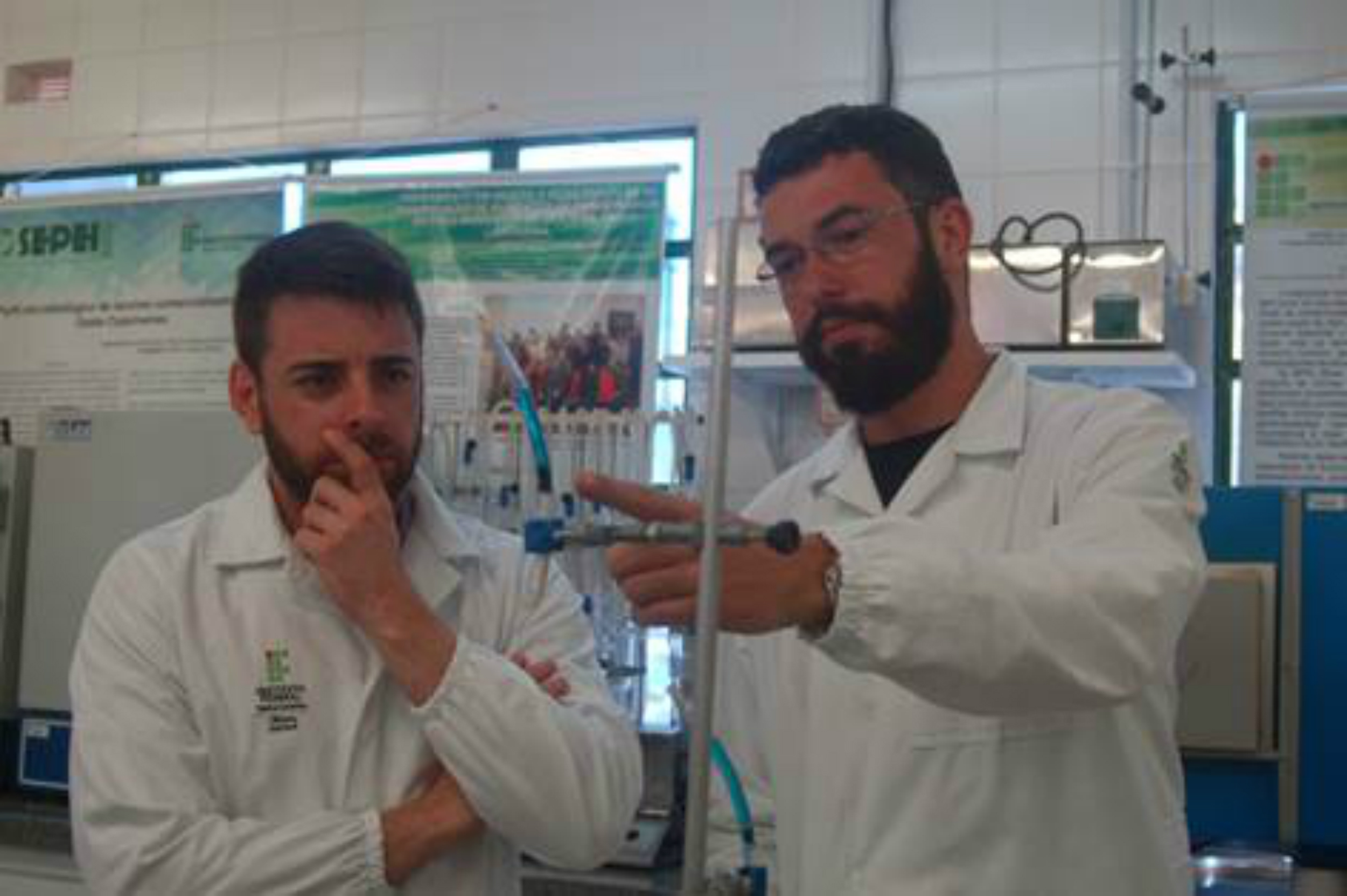
For 3rd grade High School students of Regina Coeli School, from Sorriso (MT), Eduardo Felipe Pagnan Vieira, Karine Gabriella Ascoli, and Larissa de Oliveira Paes, looking at the sky will have a new meaning. Winners of the 2019/2020 edition of the Garatéa-ISS project, they got their experiment launched into space towards the International Space Station (ISS) this Sunday (06/Dec) by SpaceX.
Sponsored by Instituto TIM, Garatéa-ISS encourages space scientific education by promoting the participation of Brazilian students in the Student Spaceflight Experiments by the National Aeronautics and Space Administration (NASA), which takes experiments from young people all around the world to the ISS. Brazil is the first country outside North America to be part of the program. Altogether, 285 schools have took part in Garatéa-ISS, with 171 projects. The initiative also relies on a partnership with the University of São Paulo and the Physics and Chemistry Support Foundation.
The Mato Grosso students’ experiment – called “The influence of microgravity on lactose degradation and development of gut bacteria” – intends to find out whether a lactose-intolerant person could consume this type of product in space under medication. It is comprised of a tube with two clamps, divided into three parts. In the first one, there is water; in the second, lactose, powdered lactobacilus and meat broth to simulate the human stomach; and in the third, there is a bactericide. At the ISS, 14 days prior to returning the experiment to Earth, an astronaut will open the clamp containing water, starting the experiment. Nine days later and five days before returning to Earth, the astronaut will open the second clamp, thus releasing the antibiotic and ending the experiment.
For Lucas Fonseca, director of Missão Garatéa, the organization responsible for the Garatéa-ISS project, what draws most attention in the experiment is that it has the potential of developing into a practical action which can be used in the future, even by NASA themselves. “You can always get information from things that have occurred in space and bring them back to Earth for further development, including when we think about a future Moon, Mars colonization”, he explains. The main application would be in astronauts’ diet, which is currently heavily restricted and could be enhanced.
The SpaceX rocket also carried onboard drawings from winners of previous editions of the Mission Patch (Space Art) contest by Garatéa-ISS: Camila Vieira da Motta Mollica, from Saint Francis School, São Paulo; Ian Massao Roso Guibu, from Maria Edith Rhoden School, São Desidério-BA (2019/2020 edition); Isabella Azevedo de Oliveira, from EMEE Olga Benário Prestes, Diadema-SP; and Amanda Correa Vieira, from Maria Edith Rhoden School, São Desidério-BA (2018/2019 edition).
The experiment is expected to return to Earth by January. The students authoring the project will analyze the results and shall write a final report, which will then be sent to the United States.
Lucas Fonseca has visited the Kennedy Space Center, in Florida, to follow the experiment’s launch and recounts some of the adventures of Garatéa-ISS:



